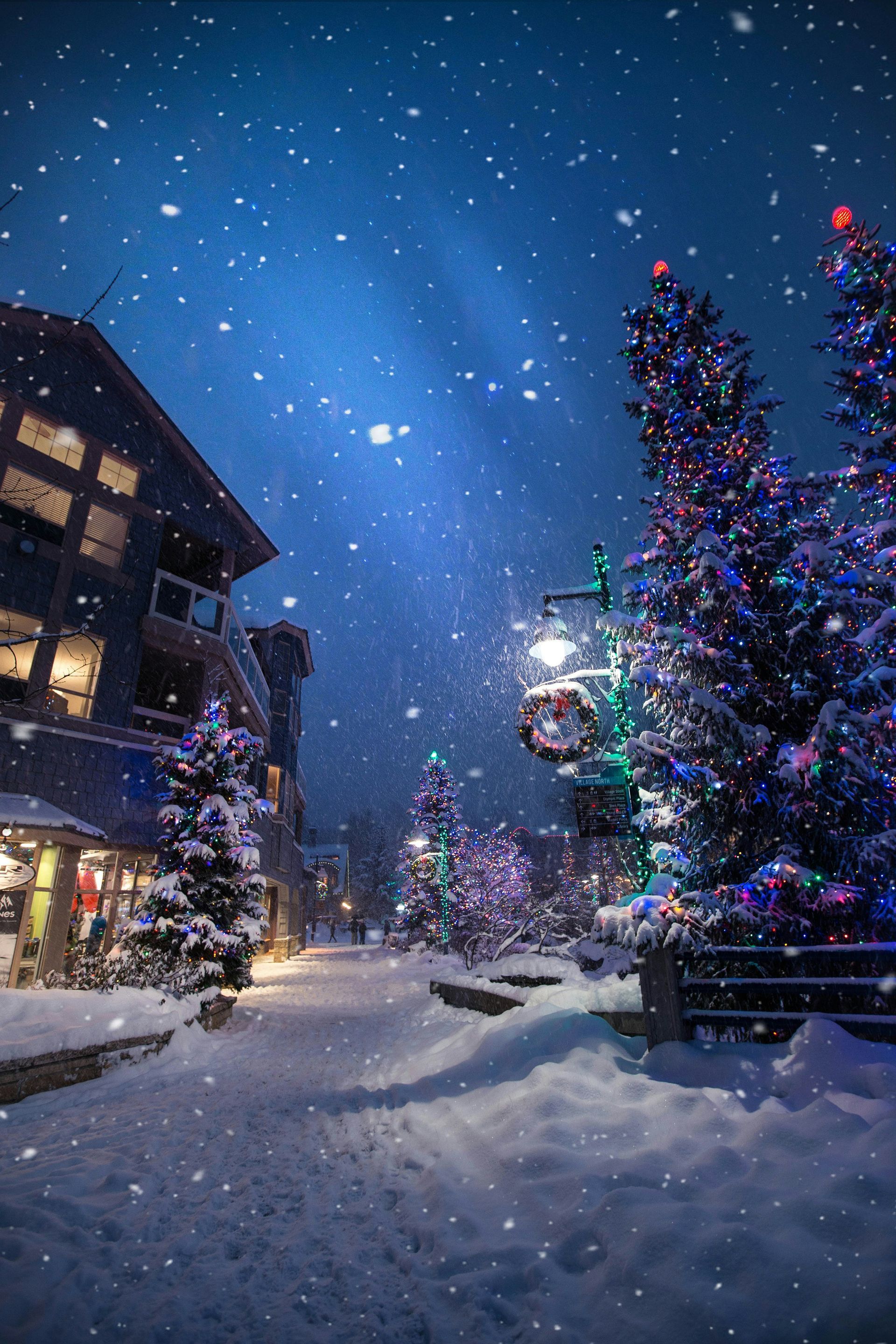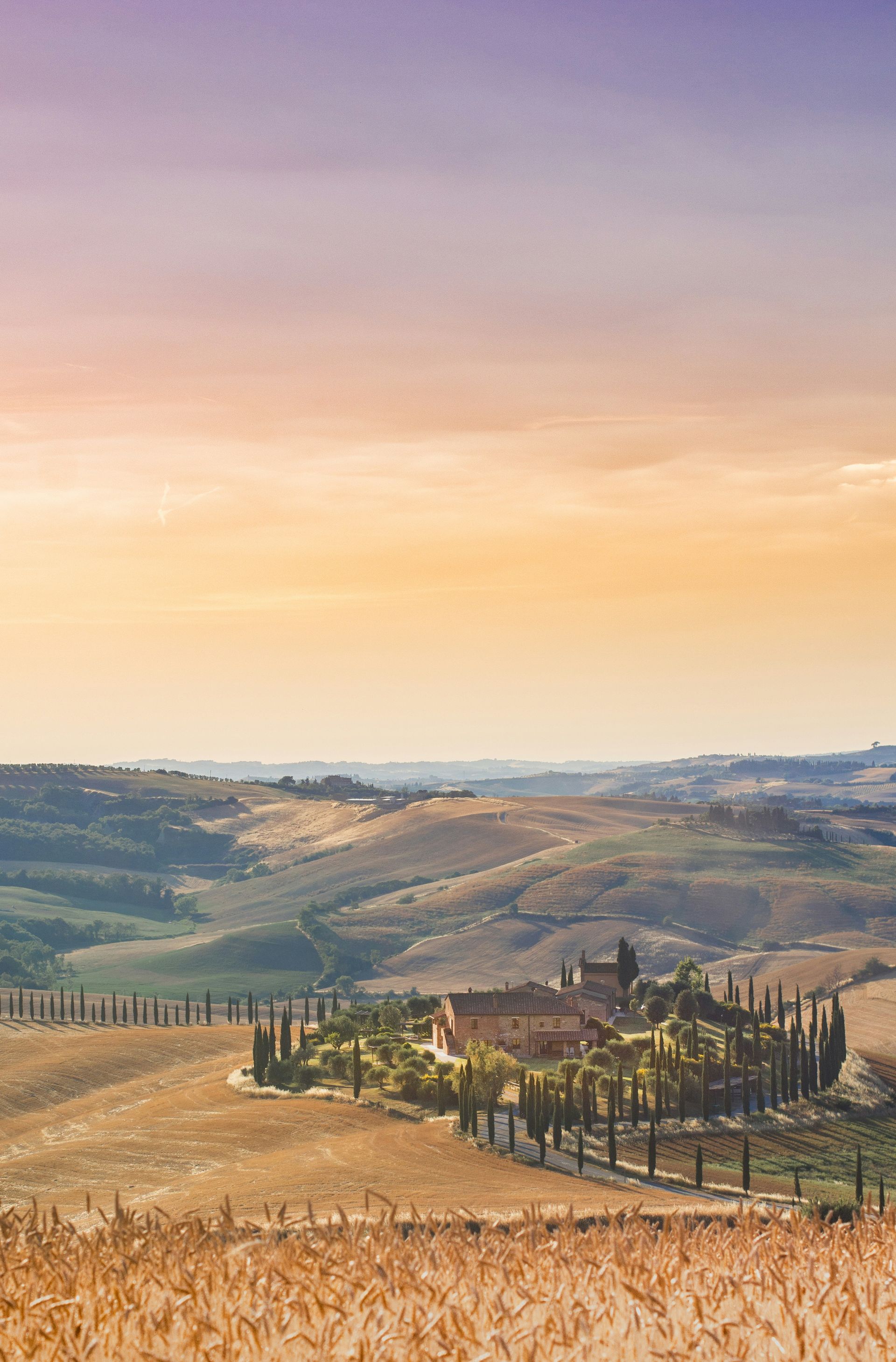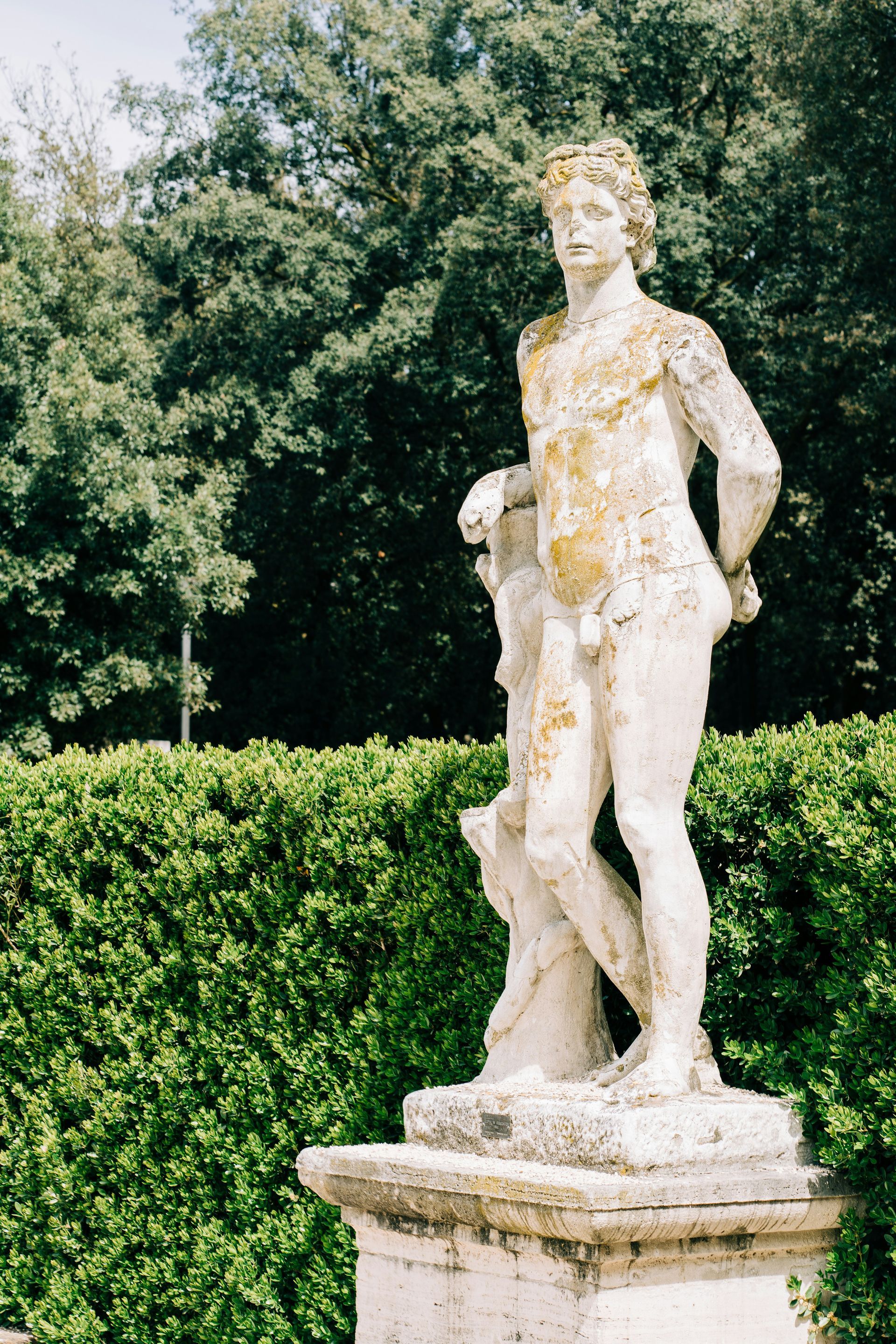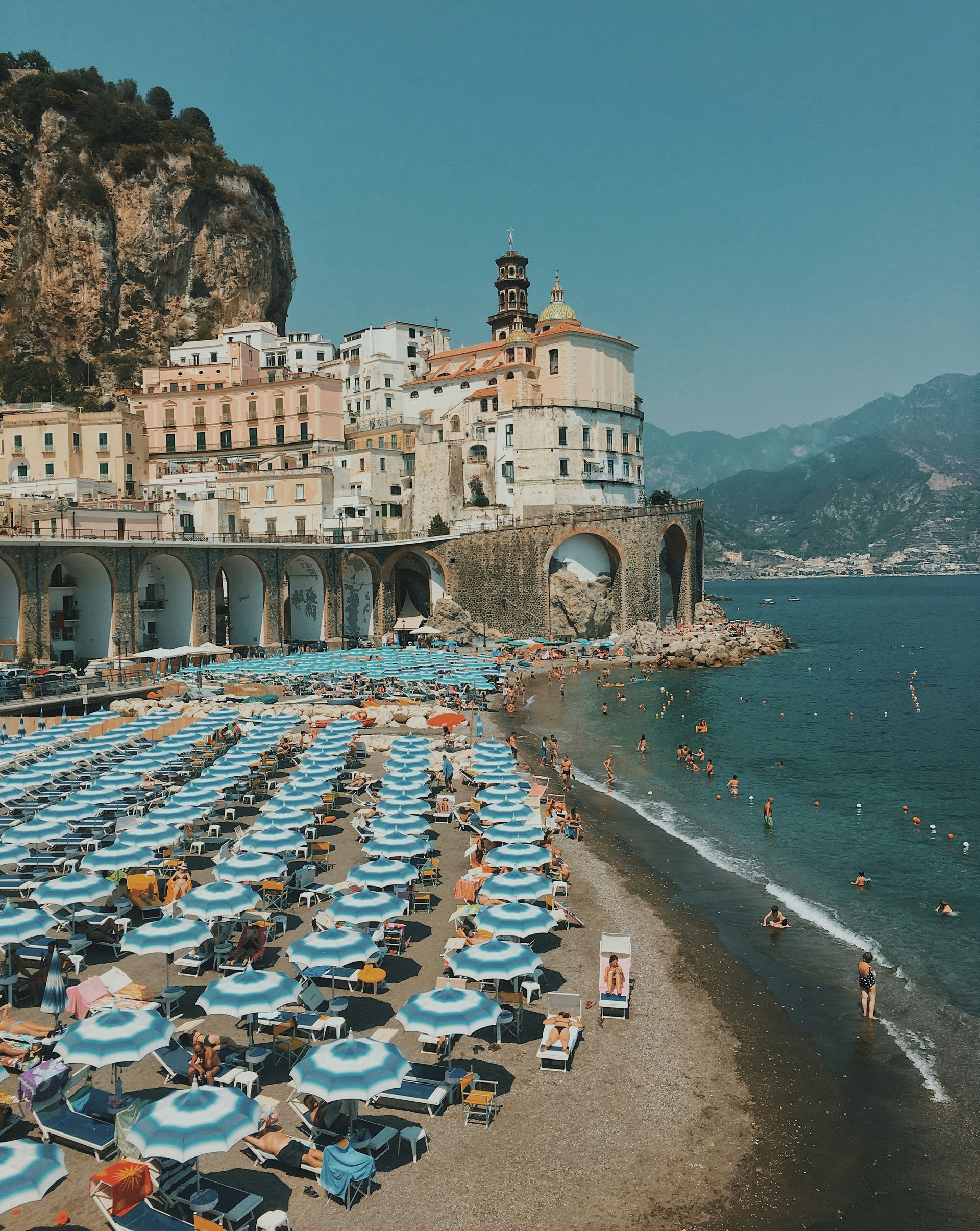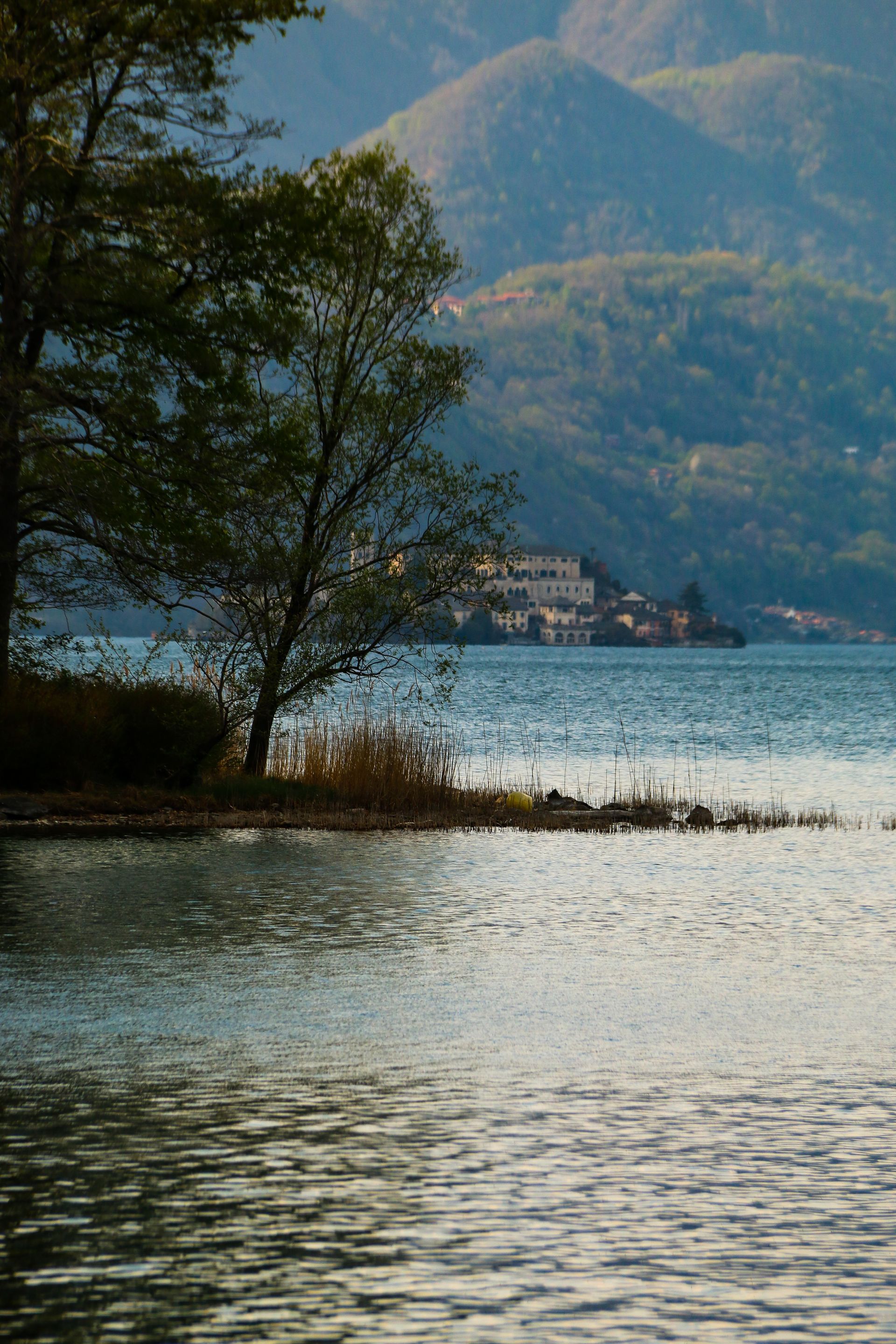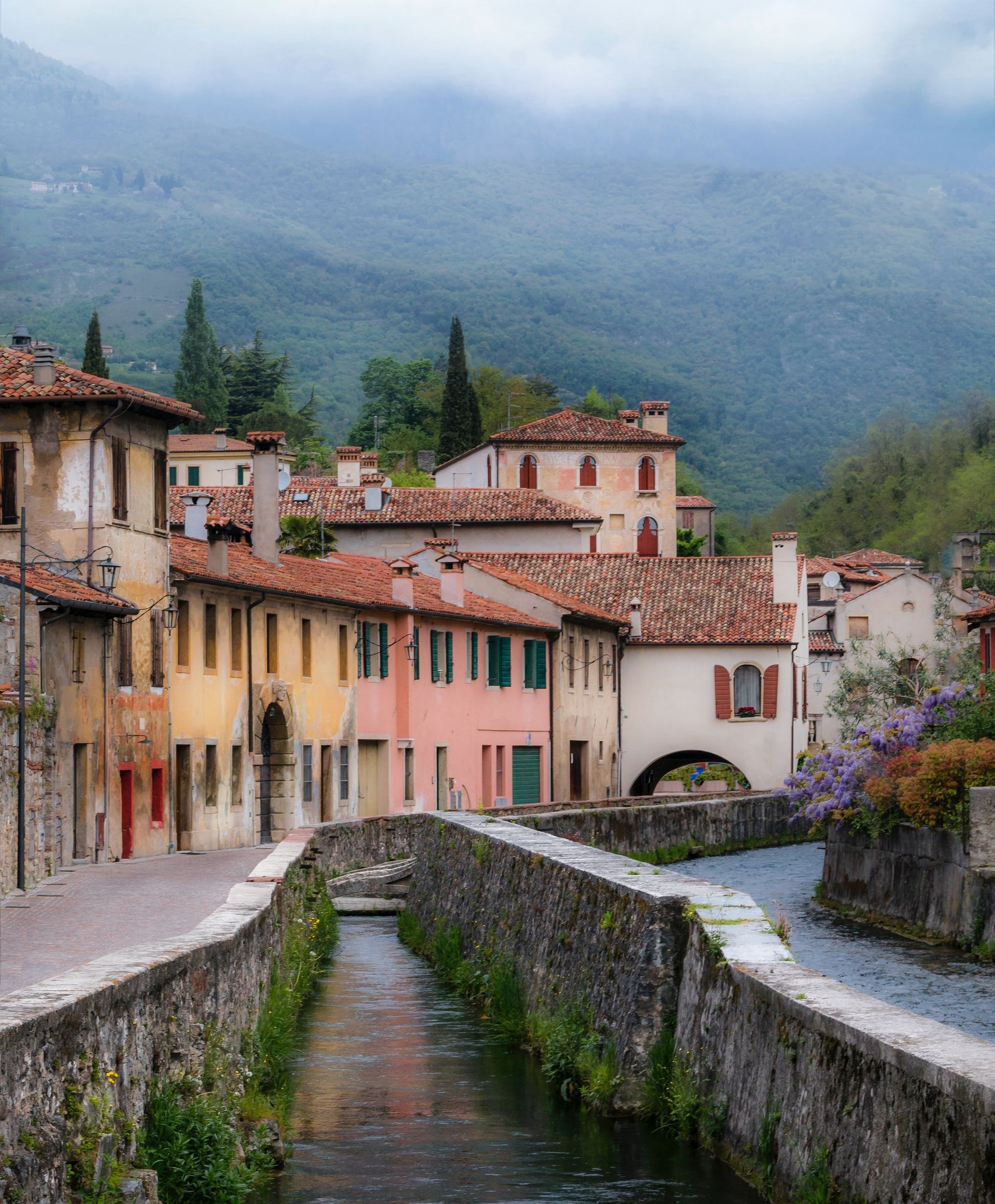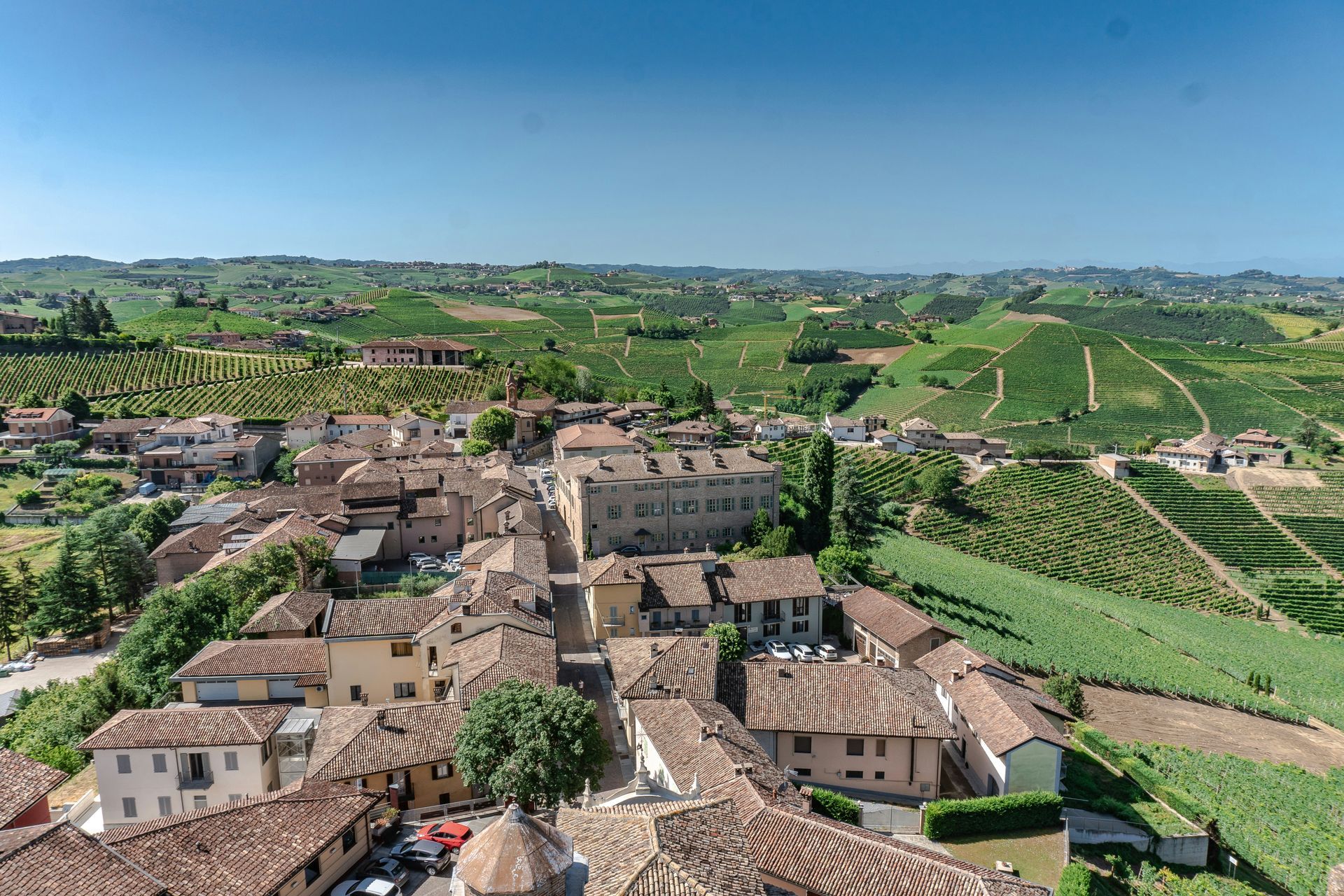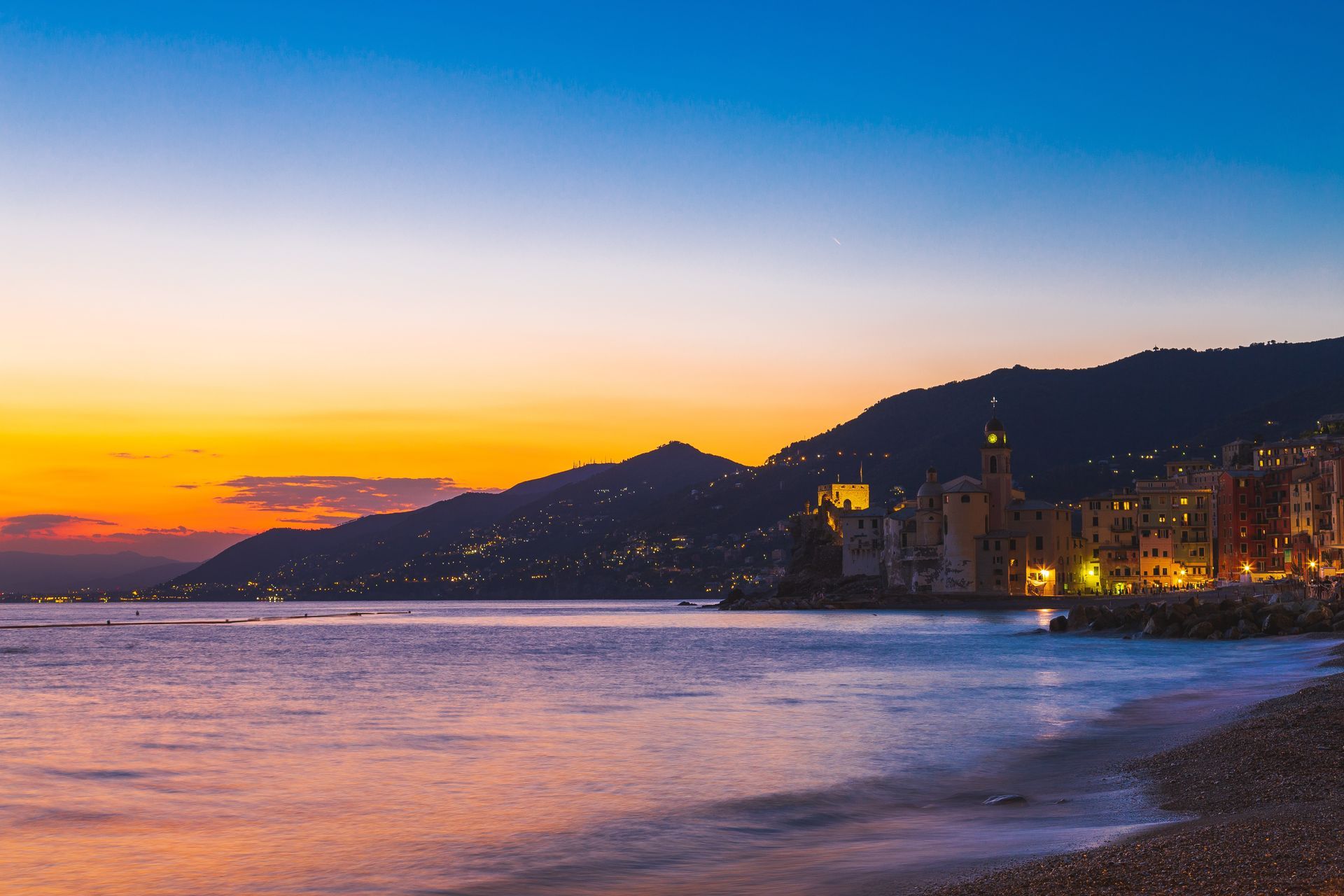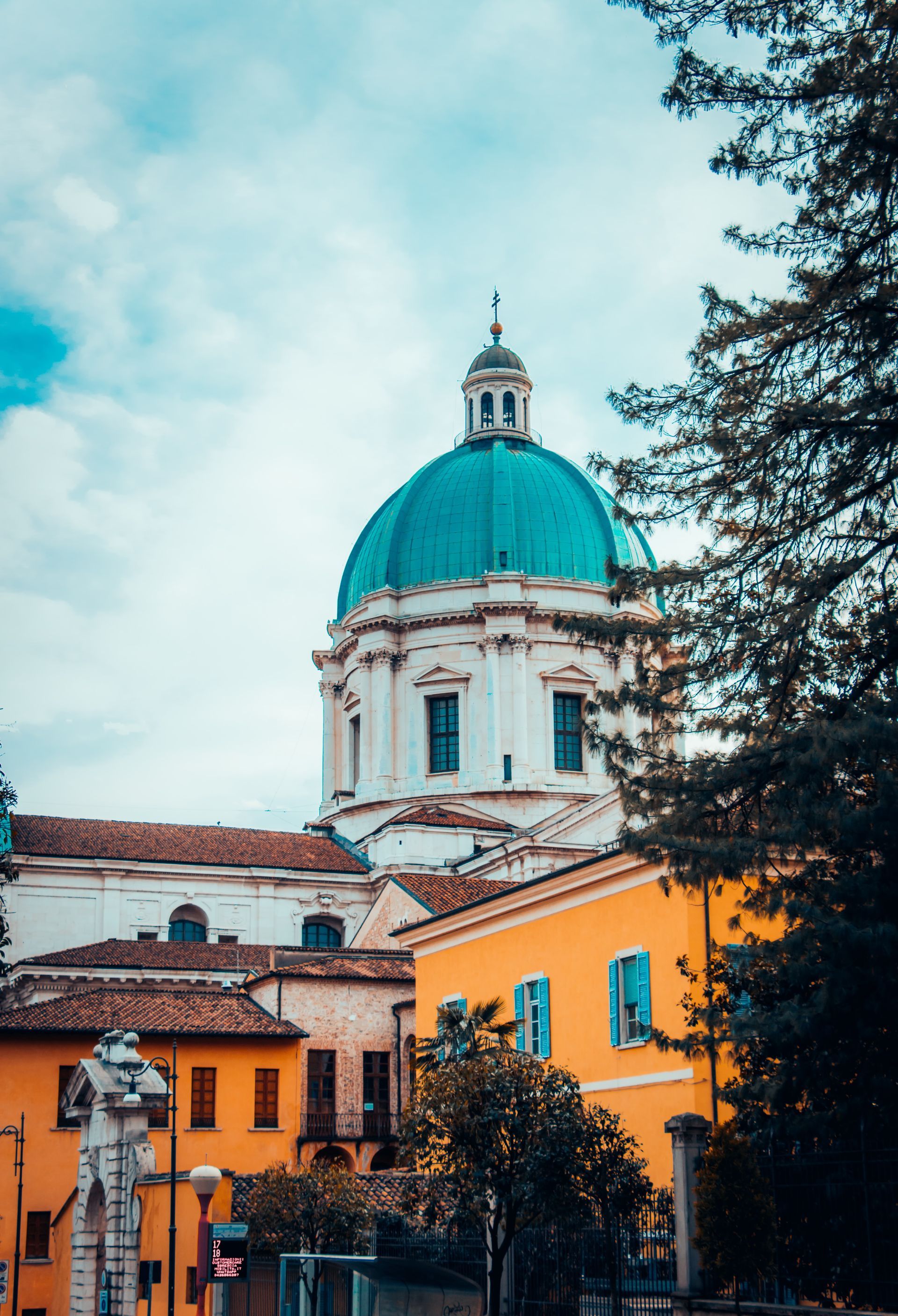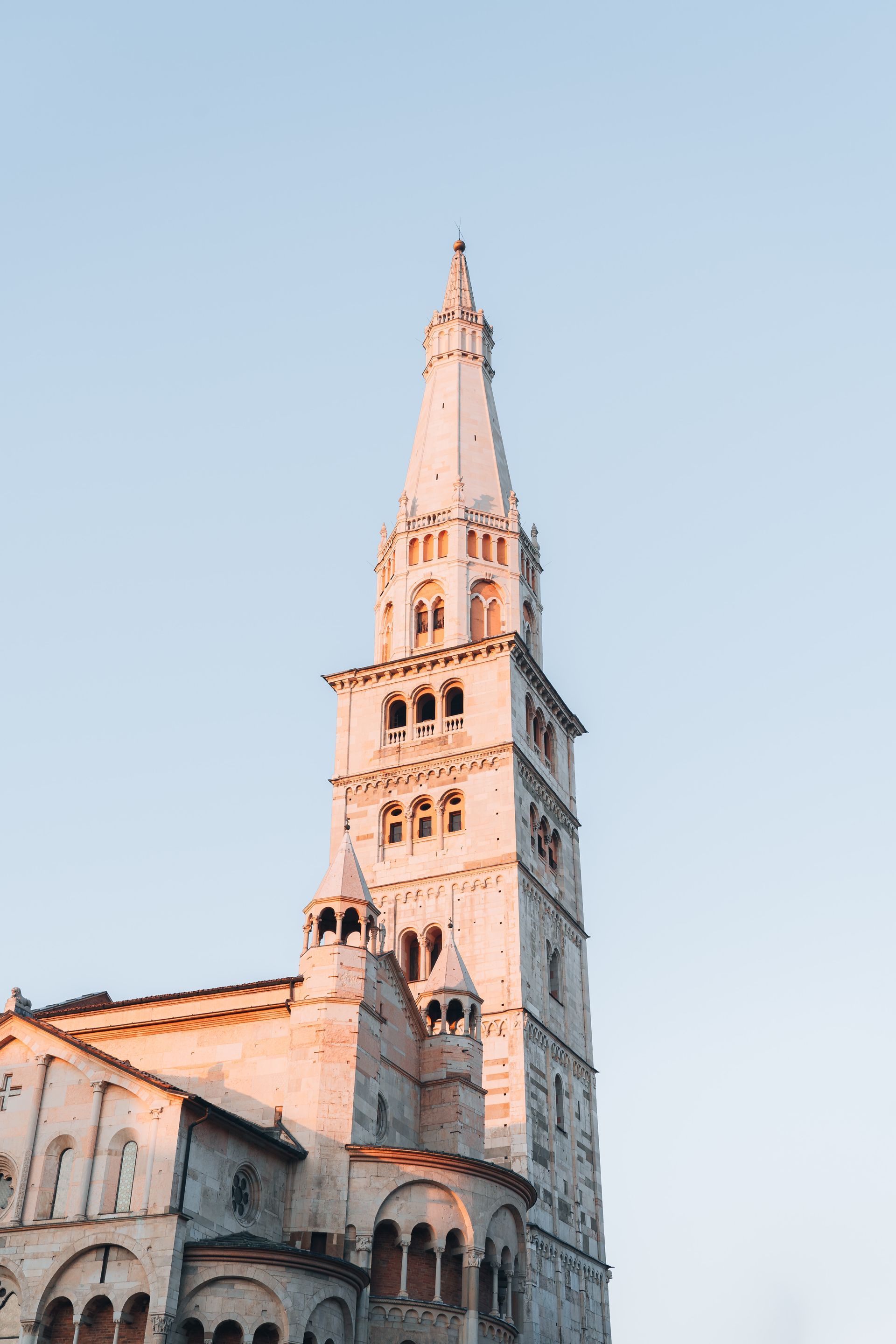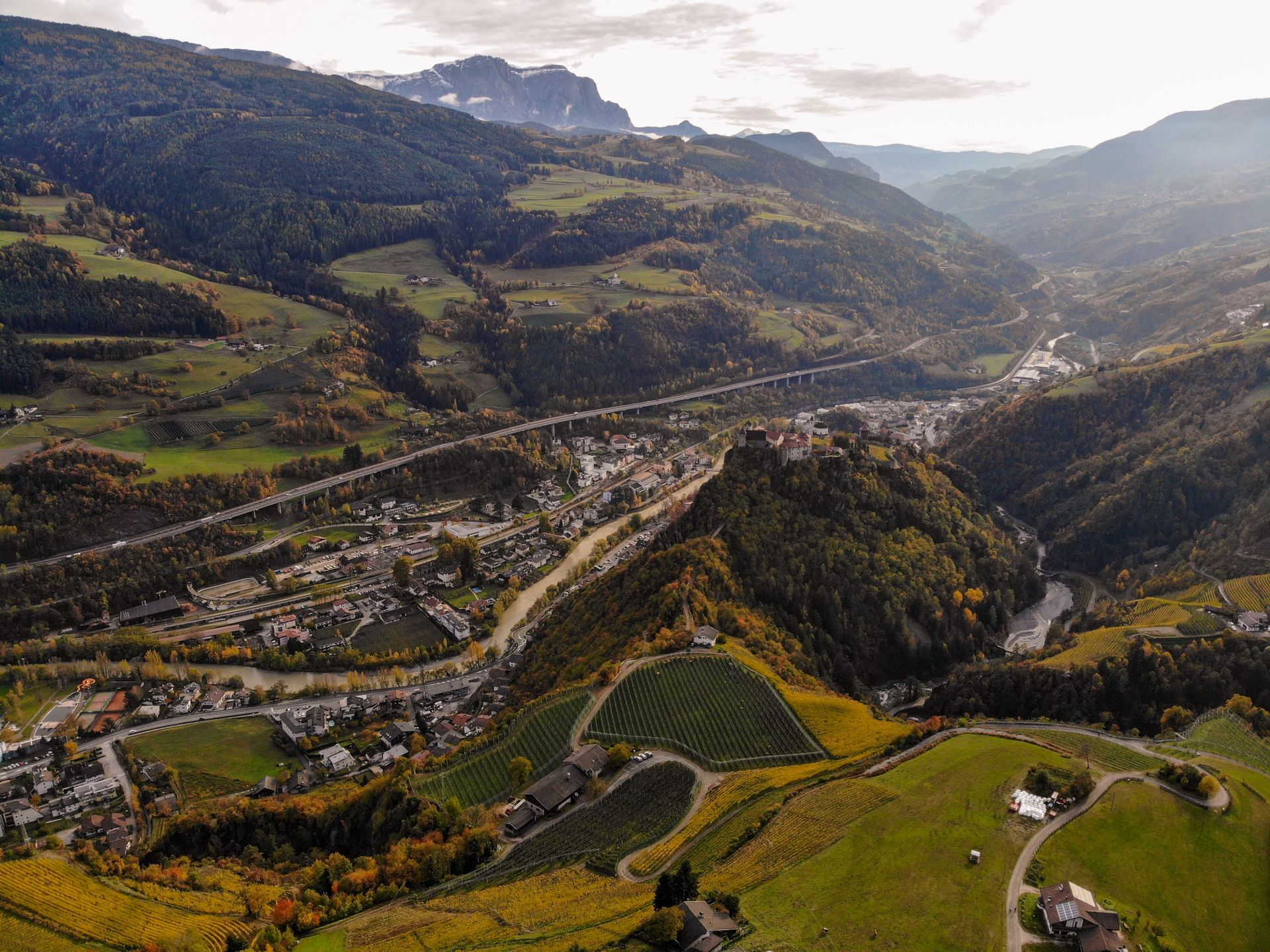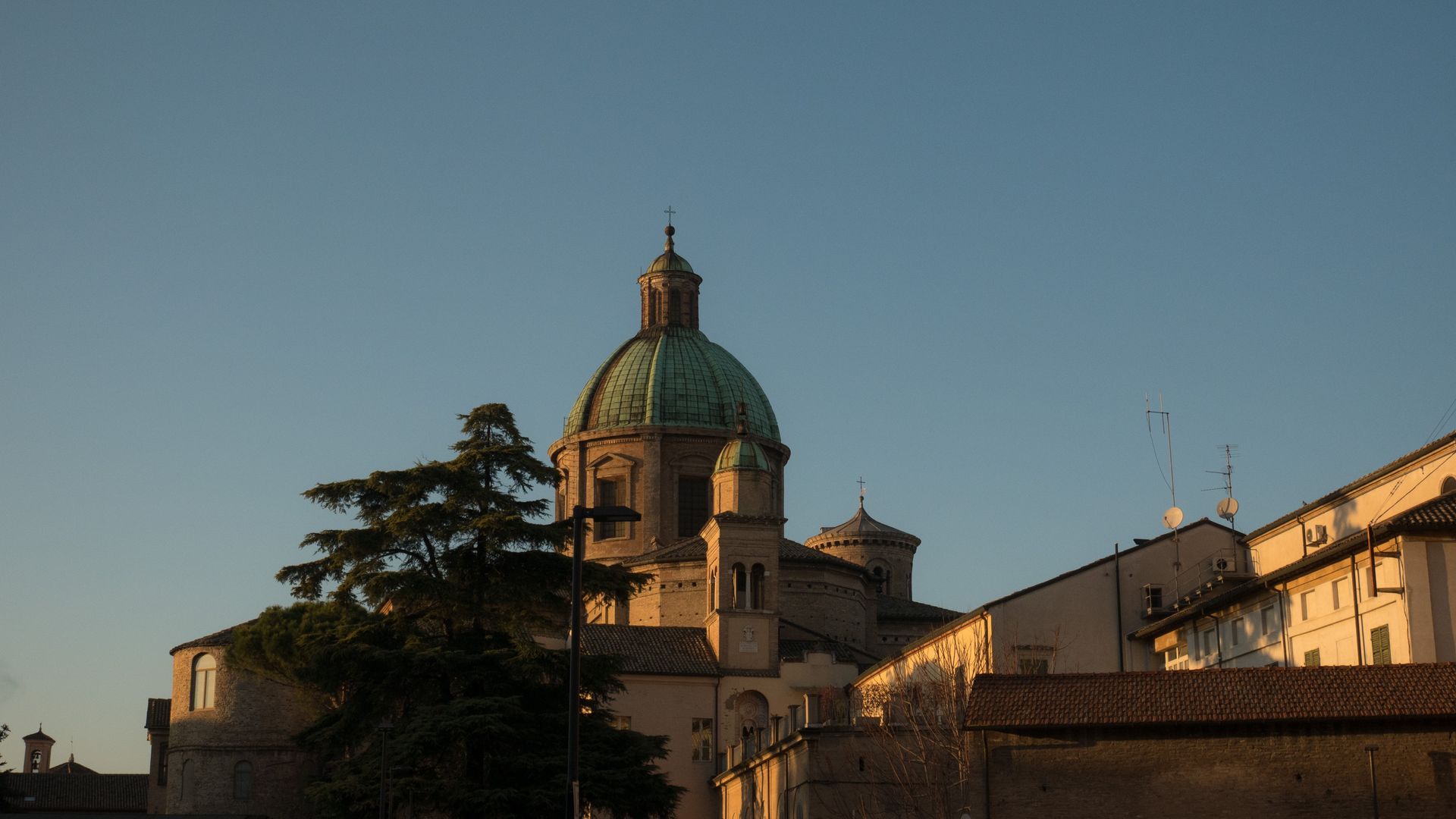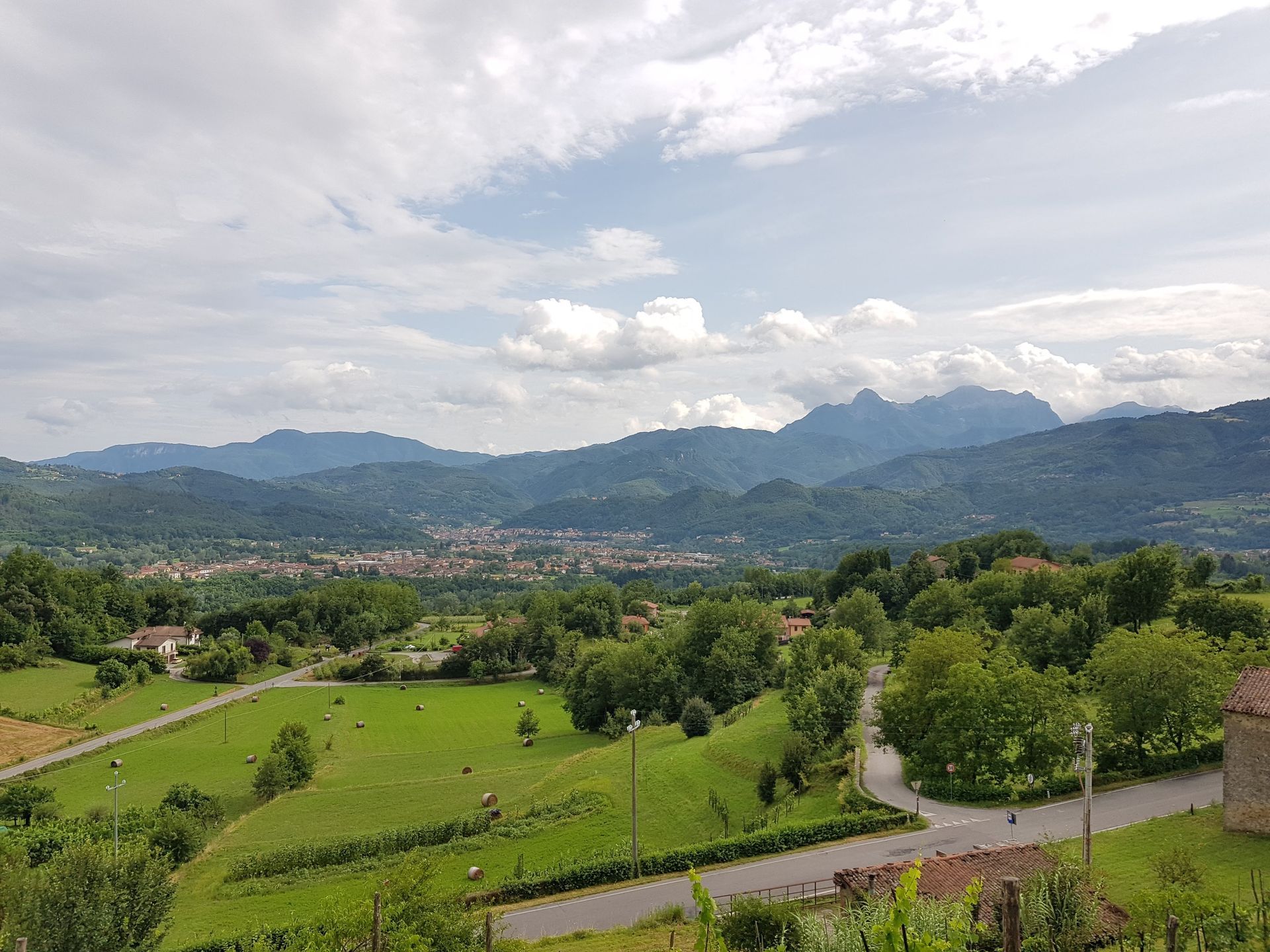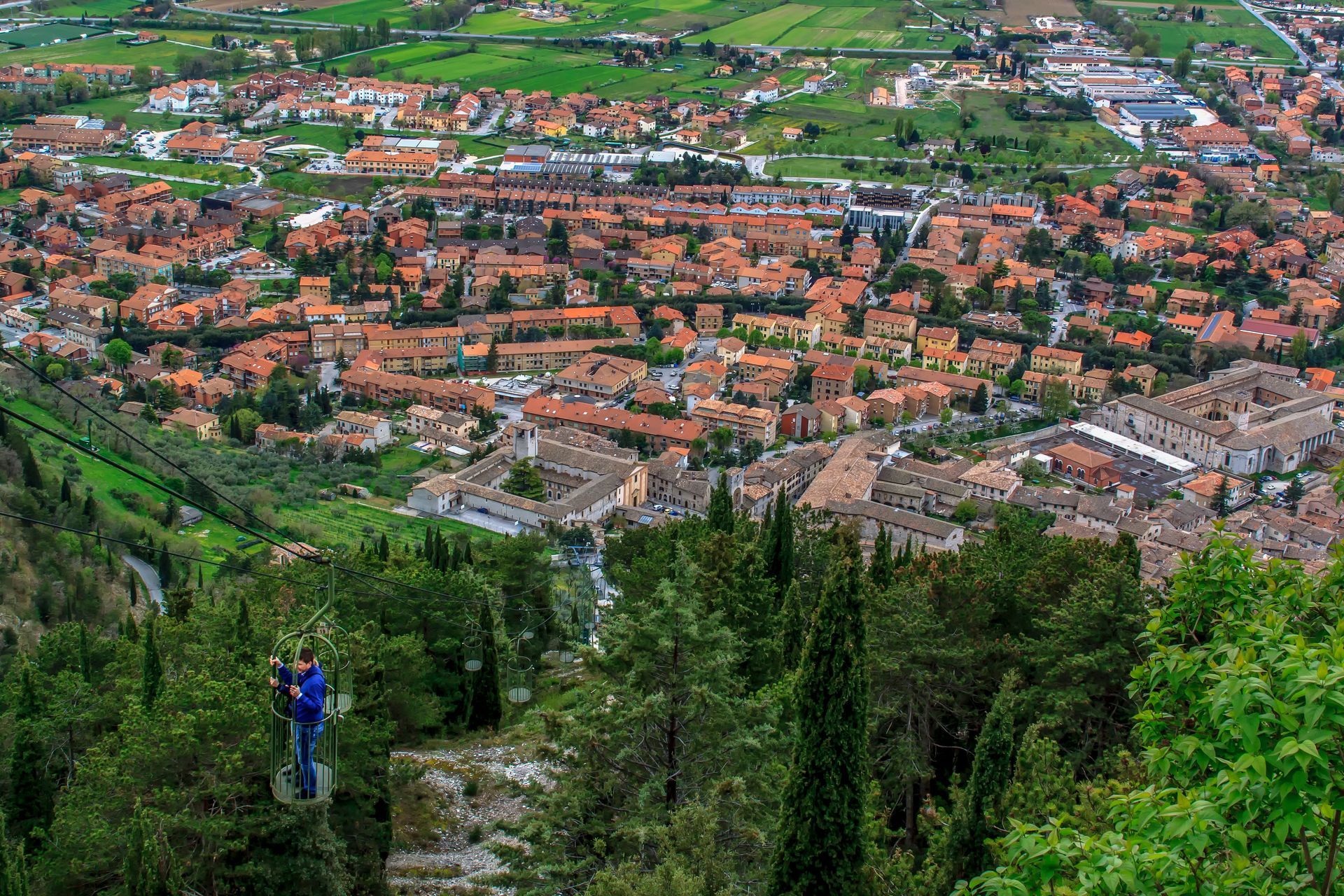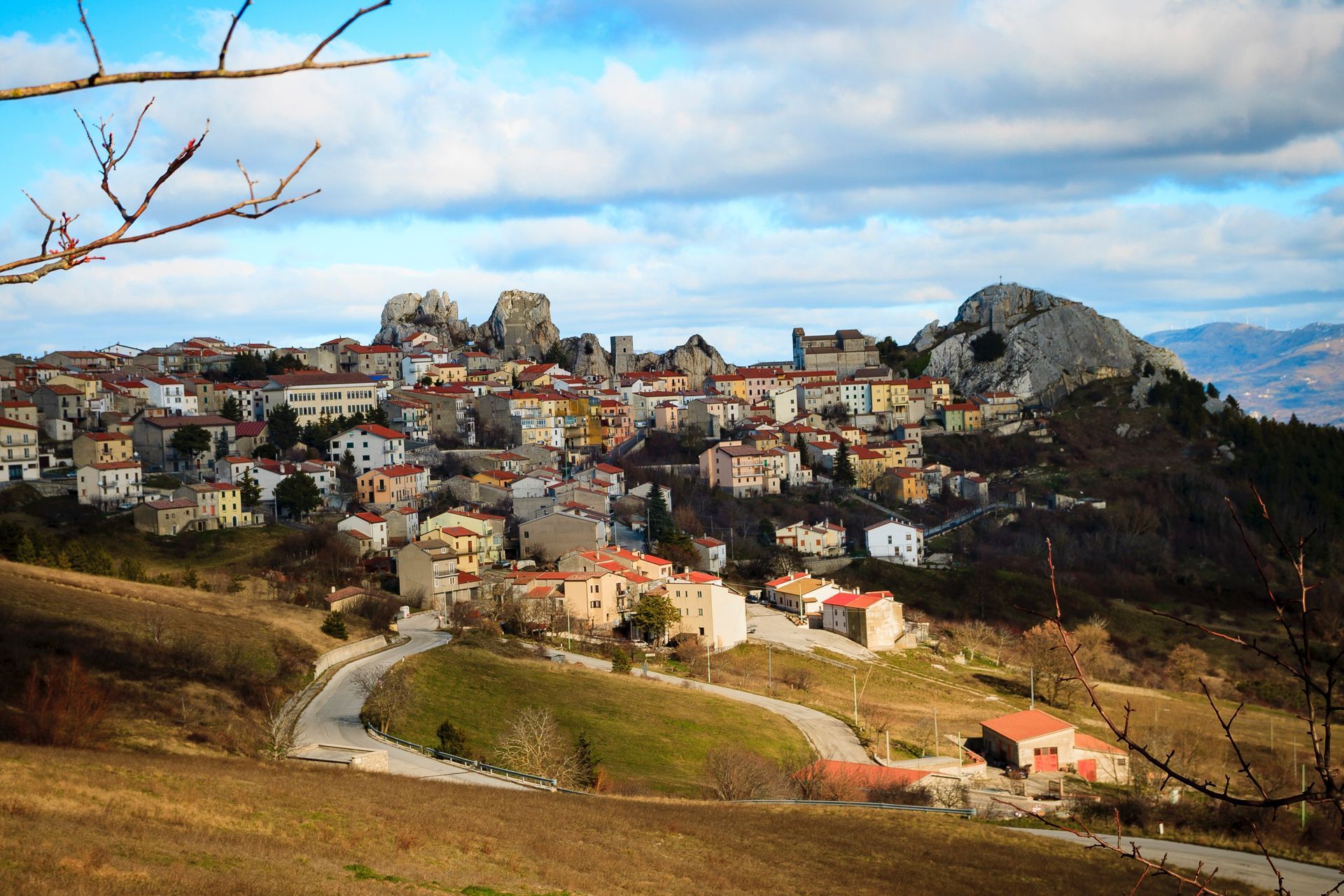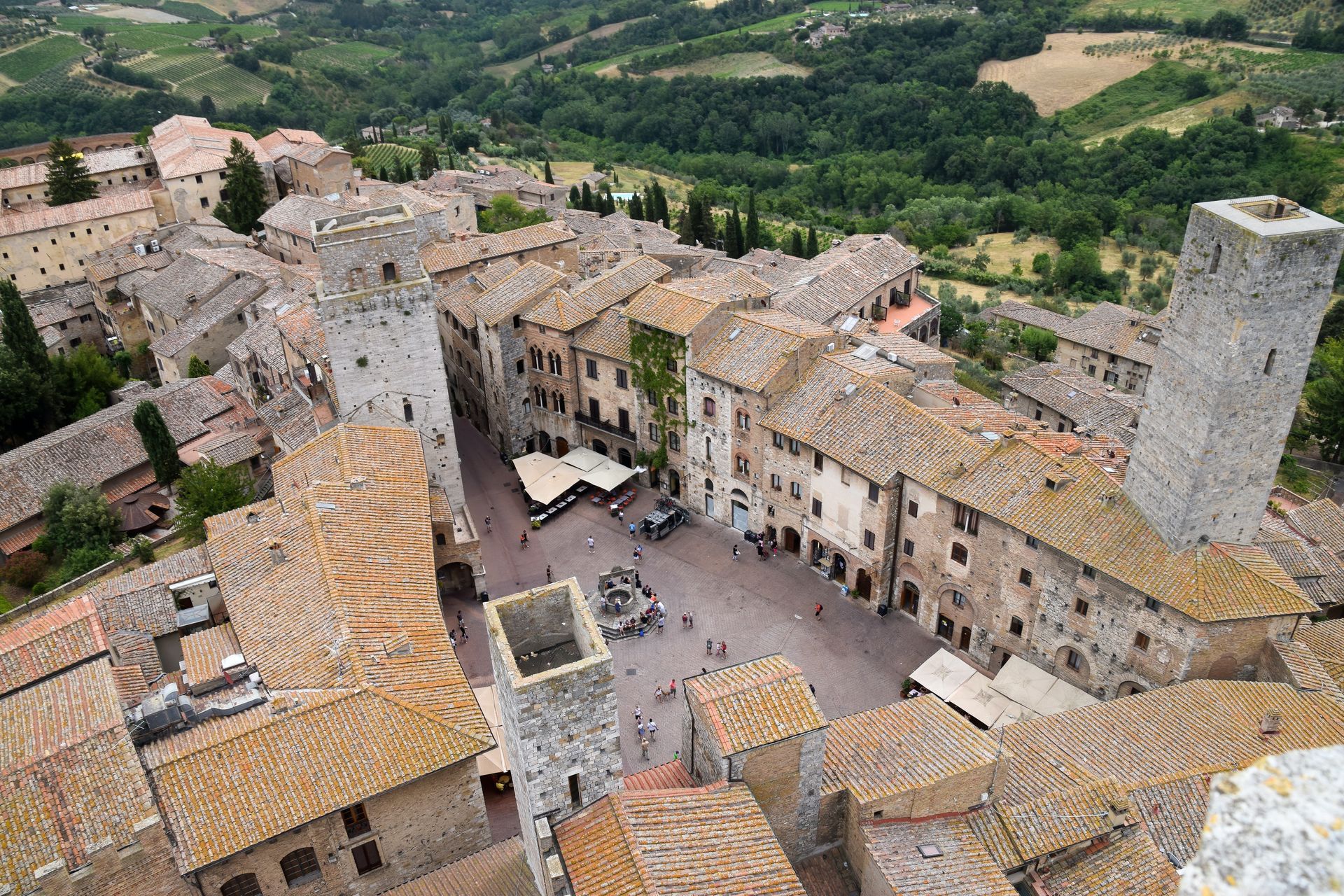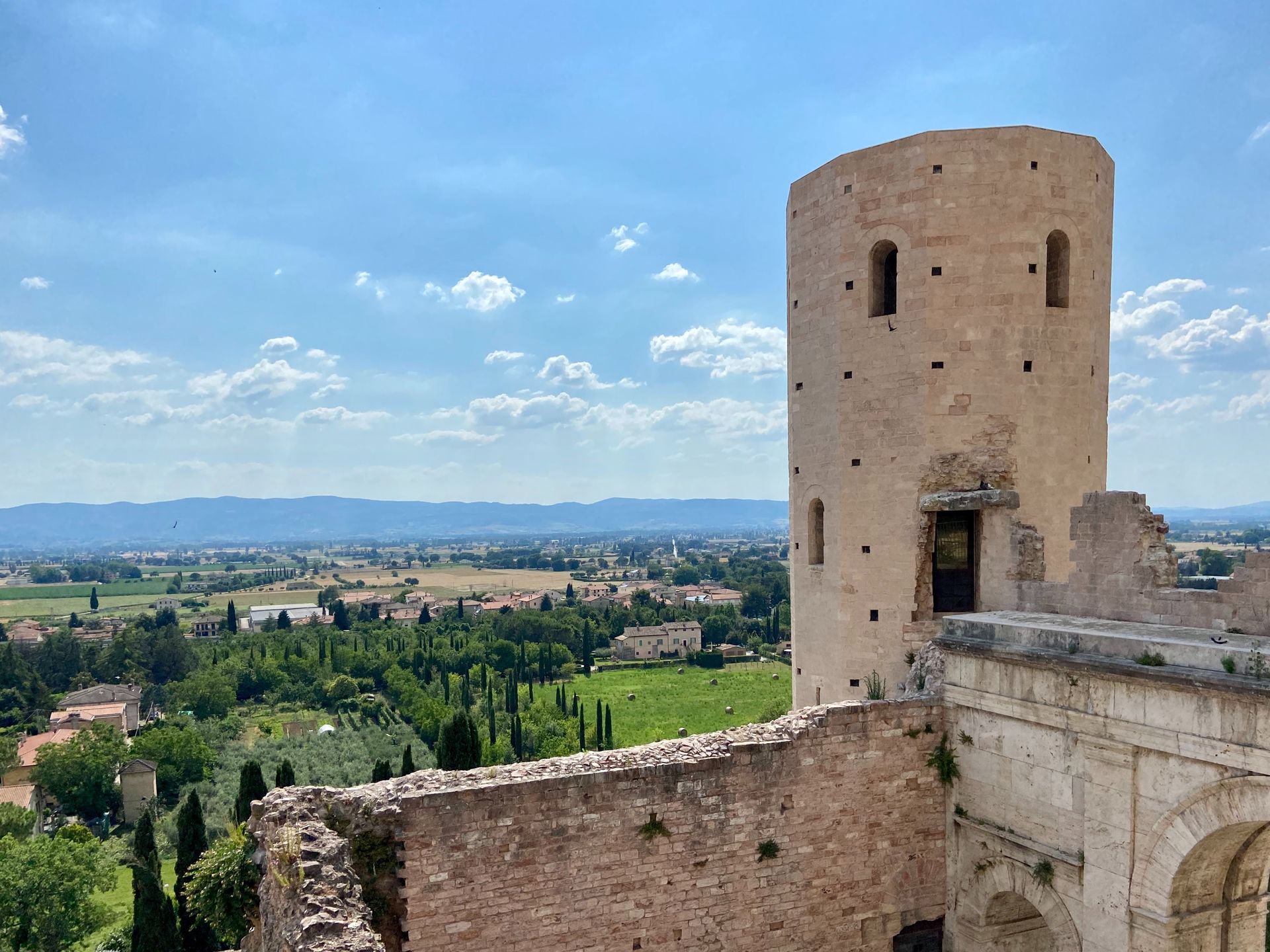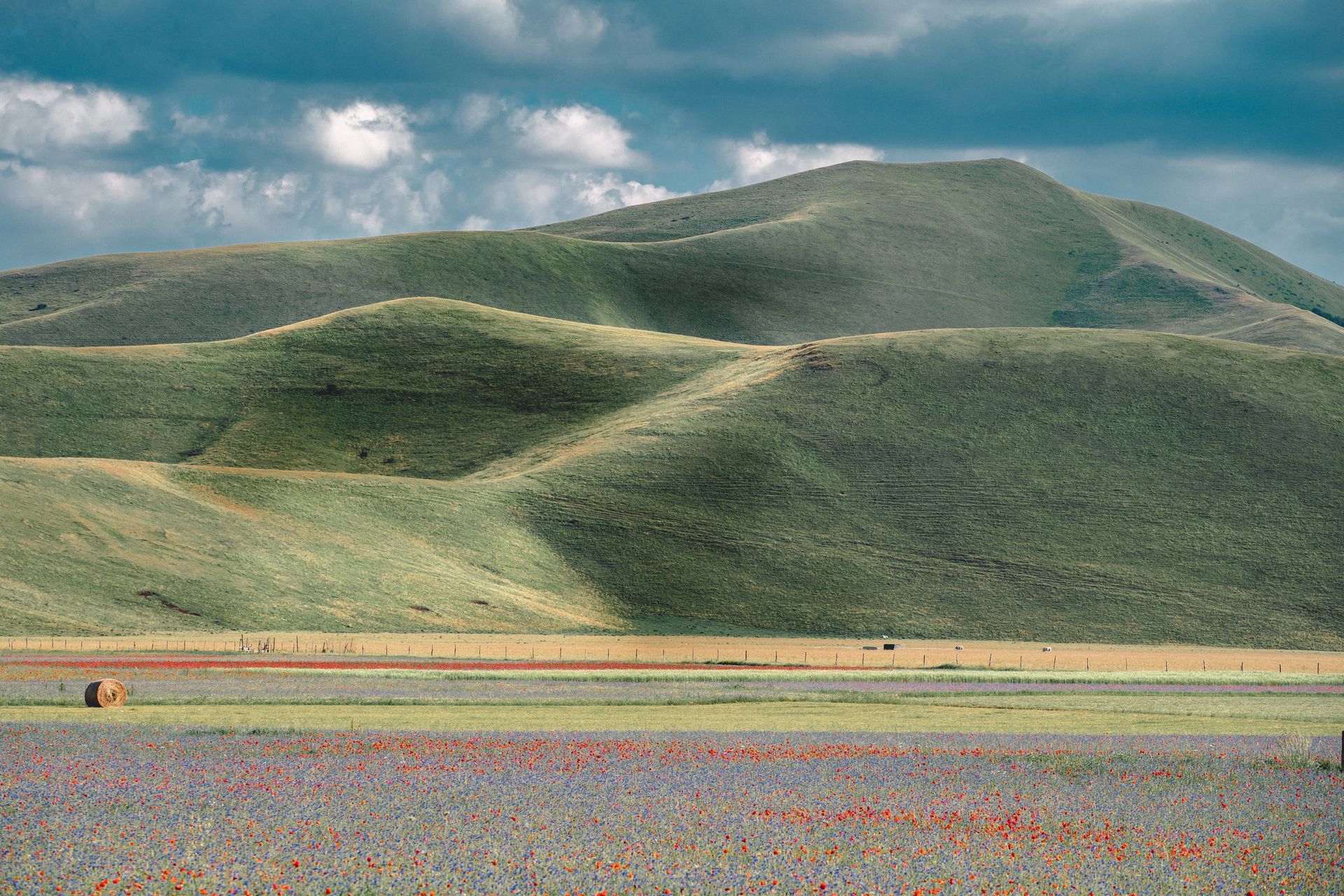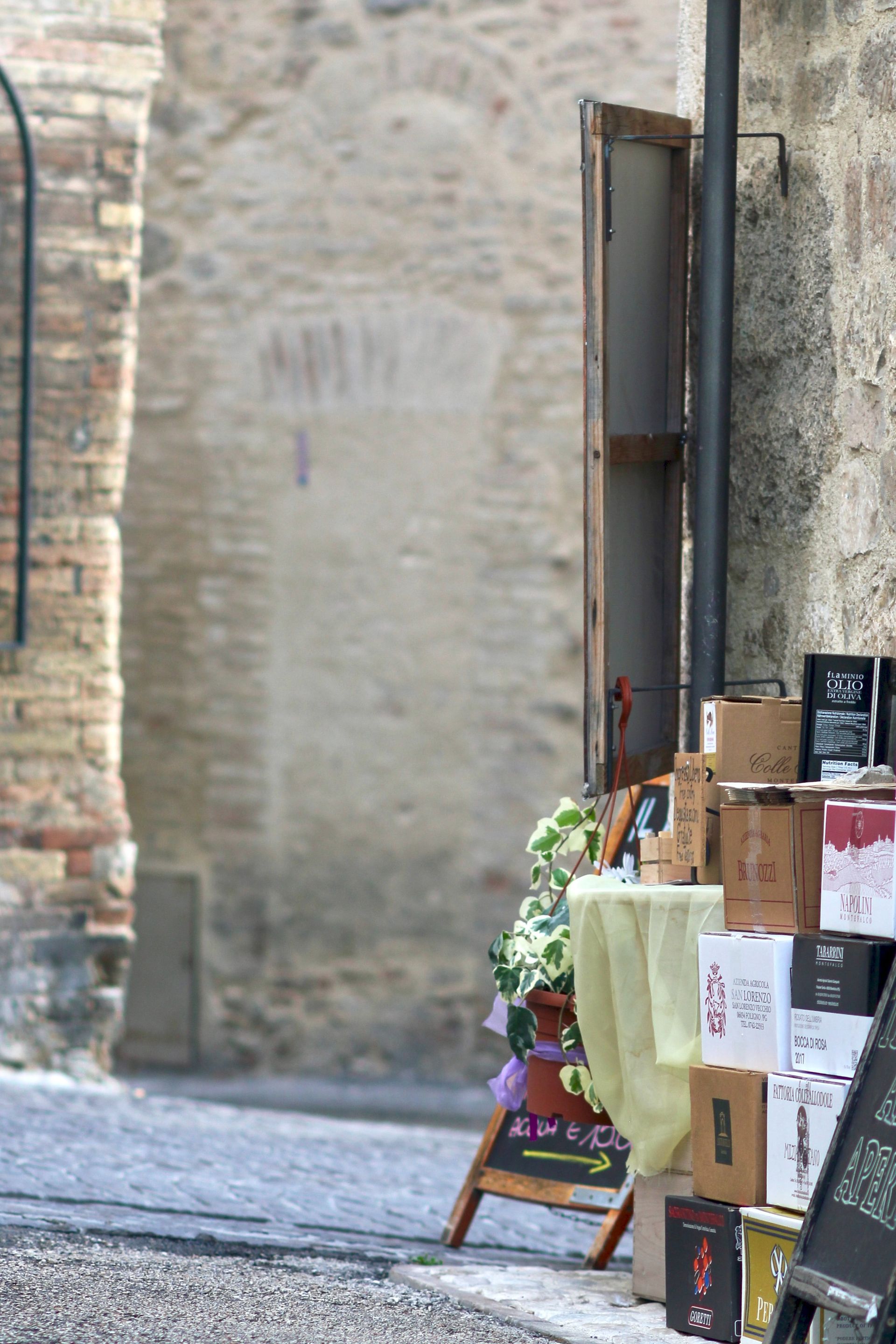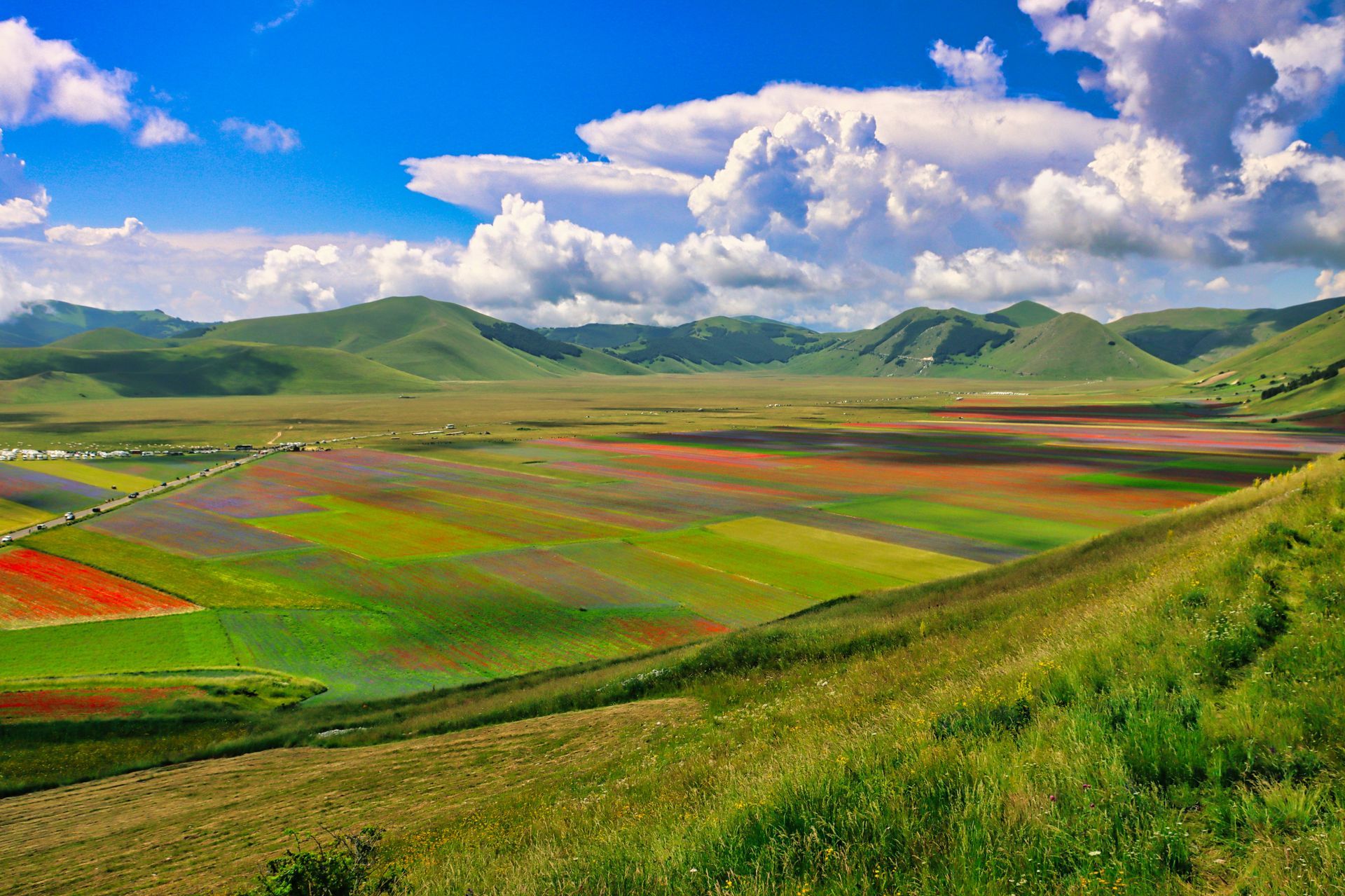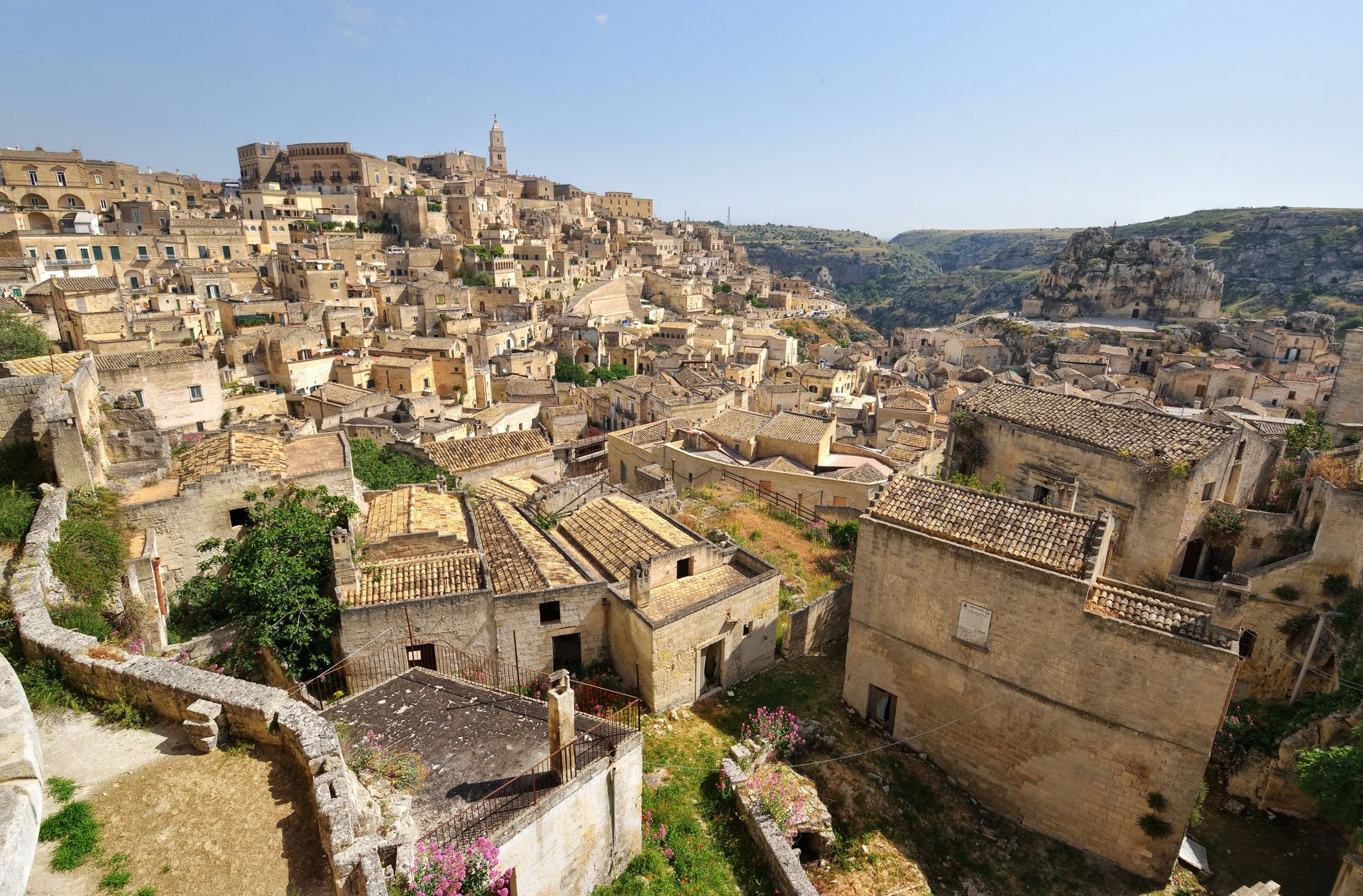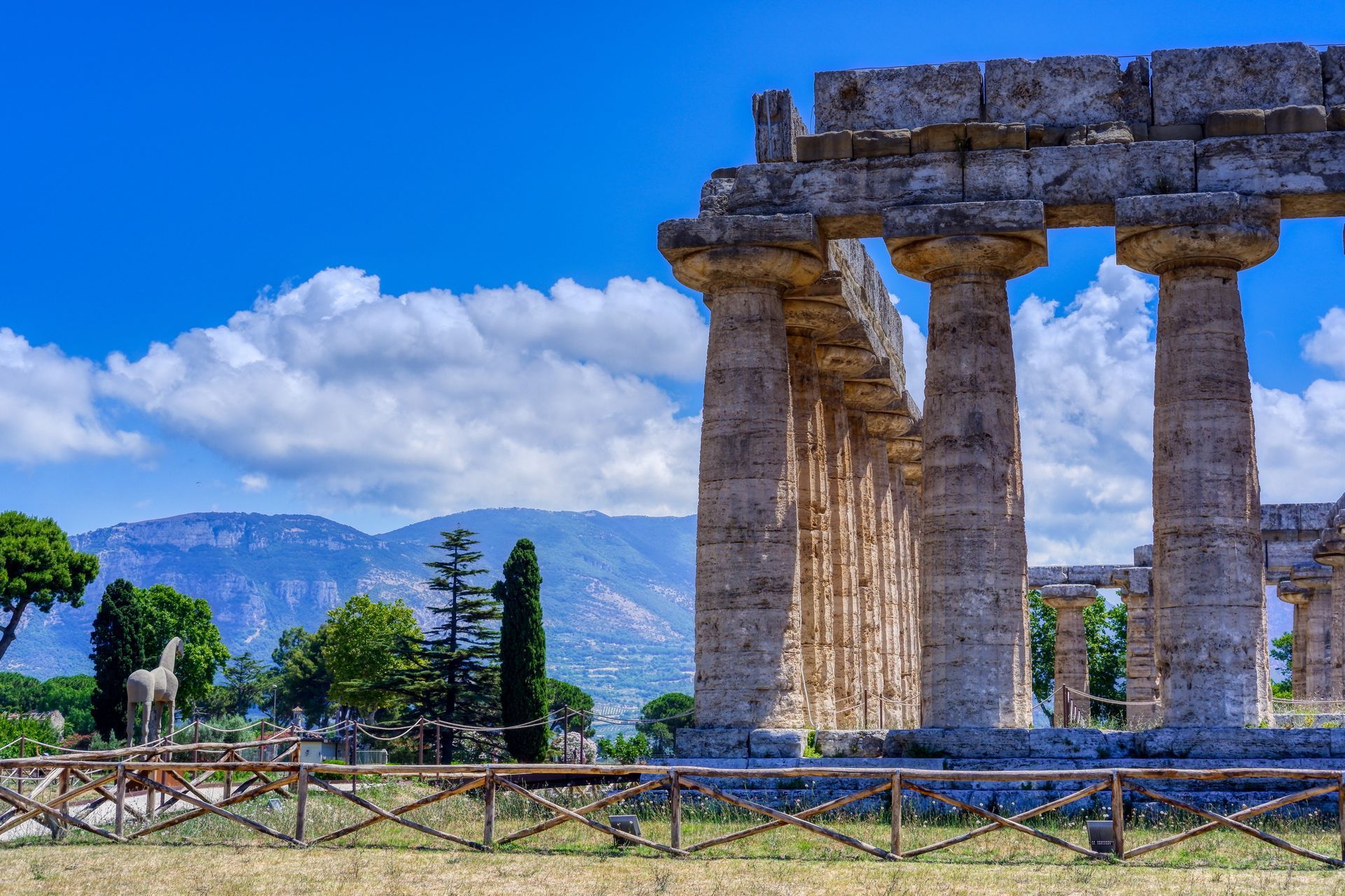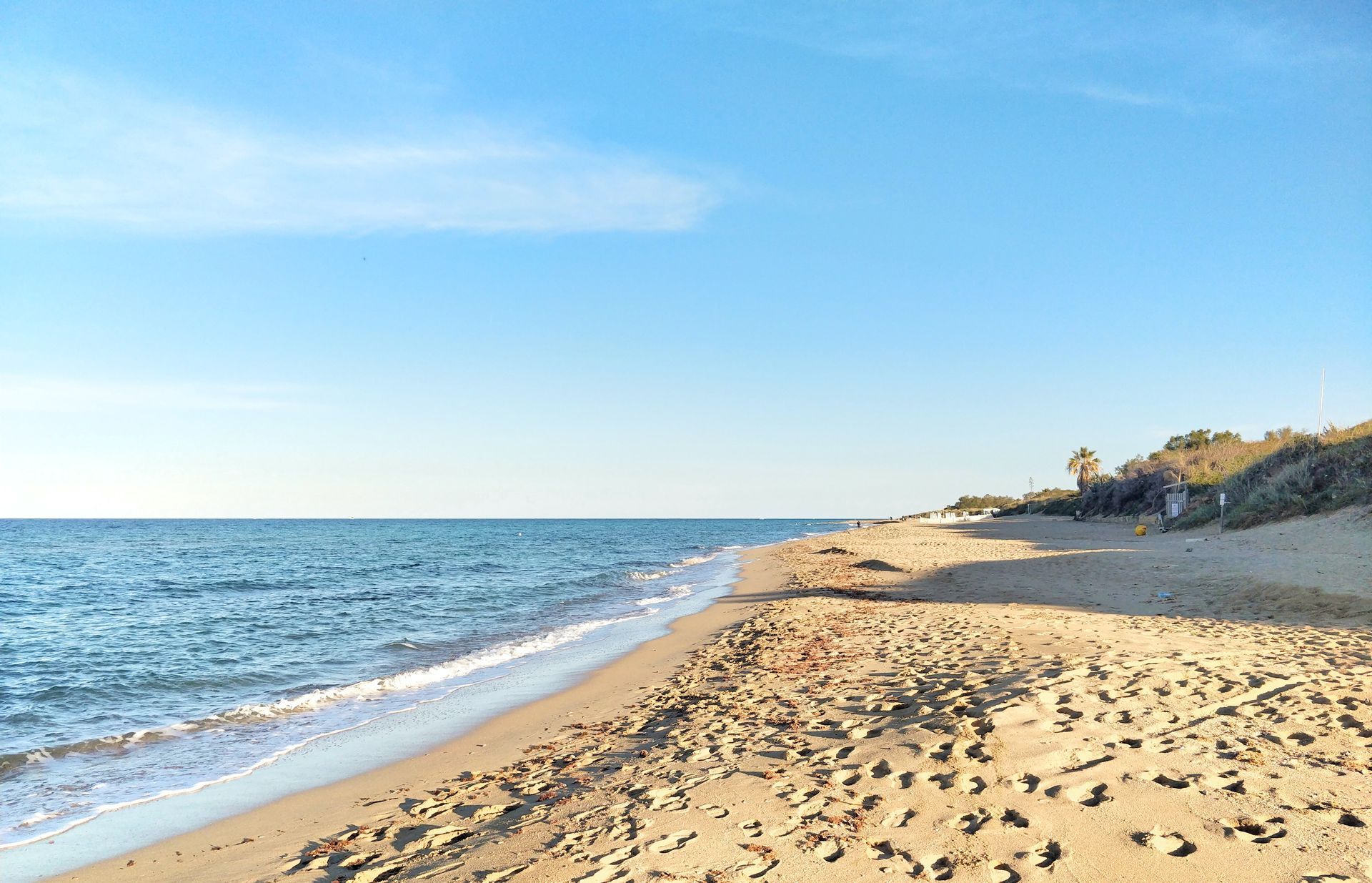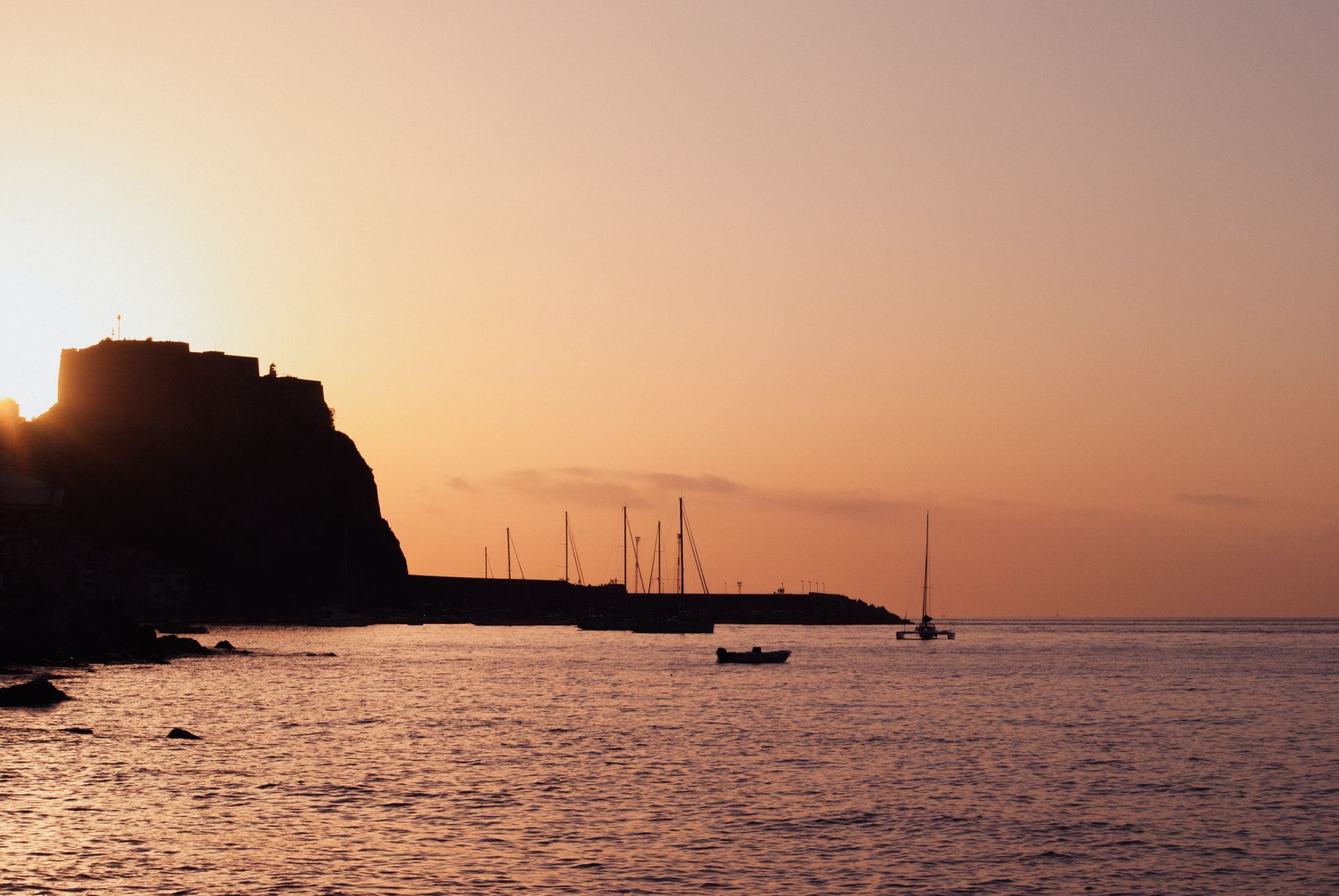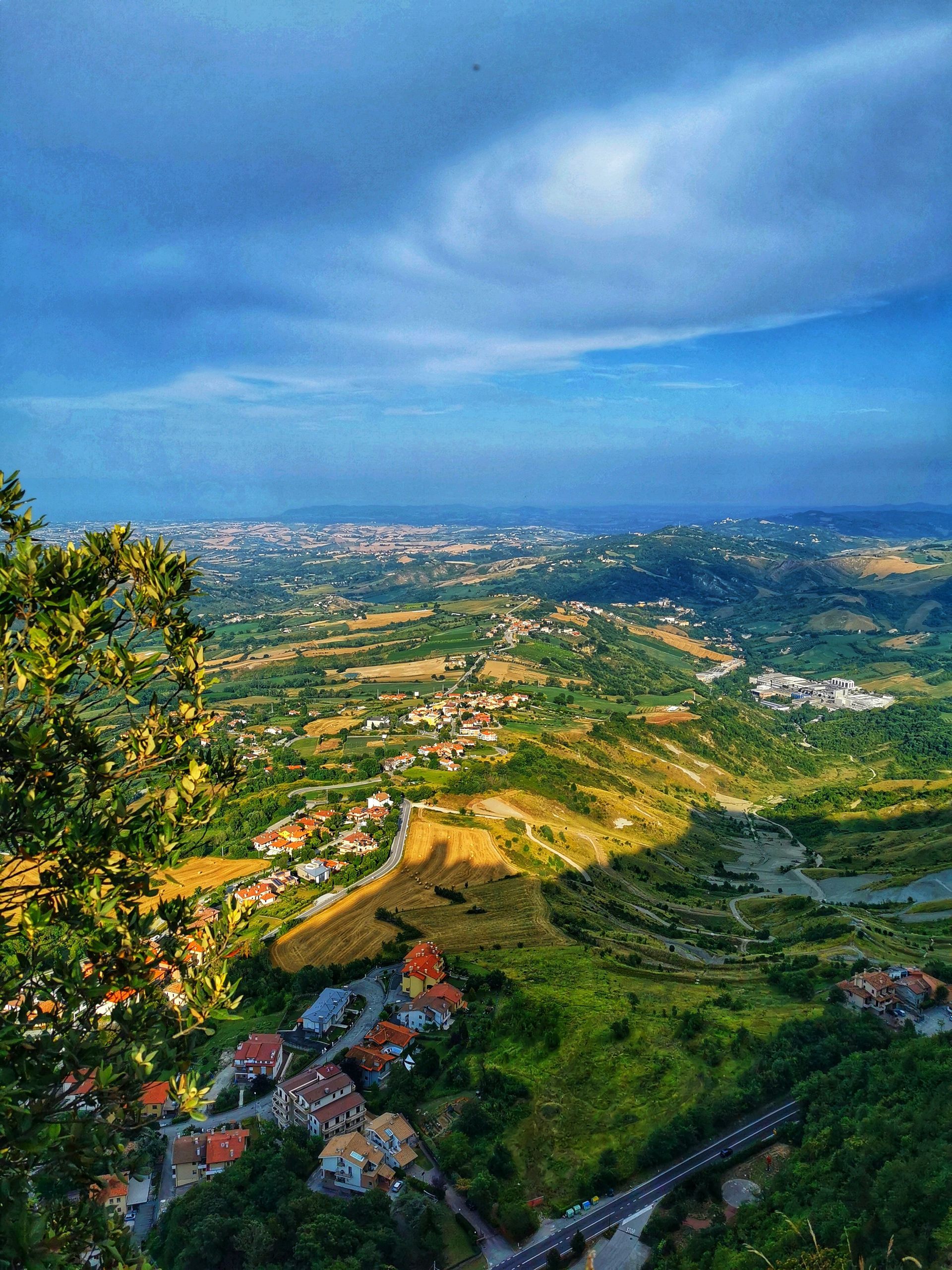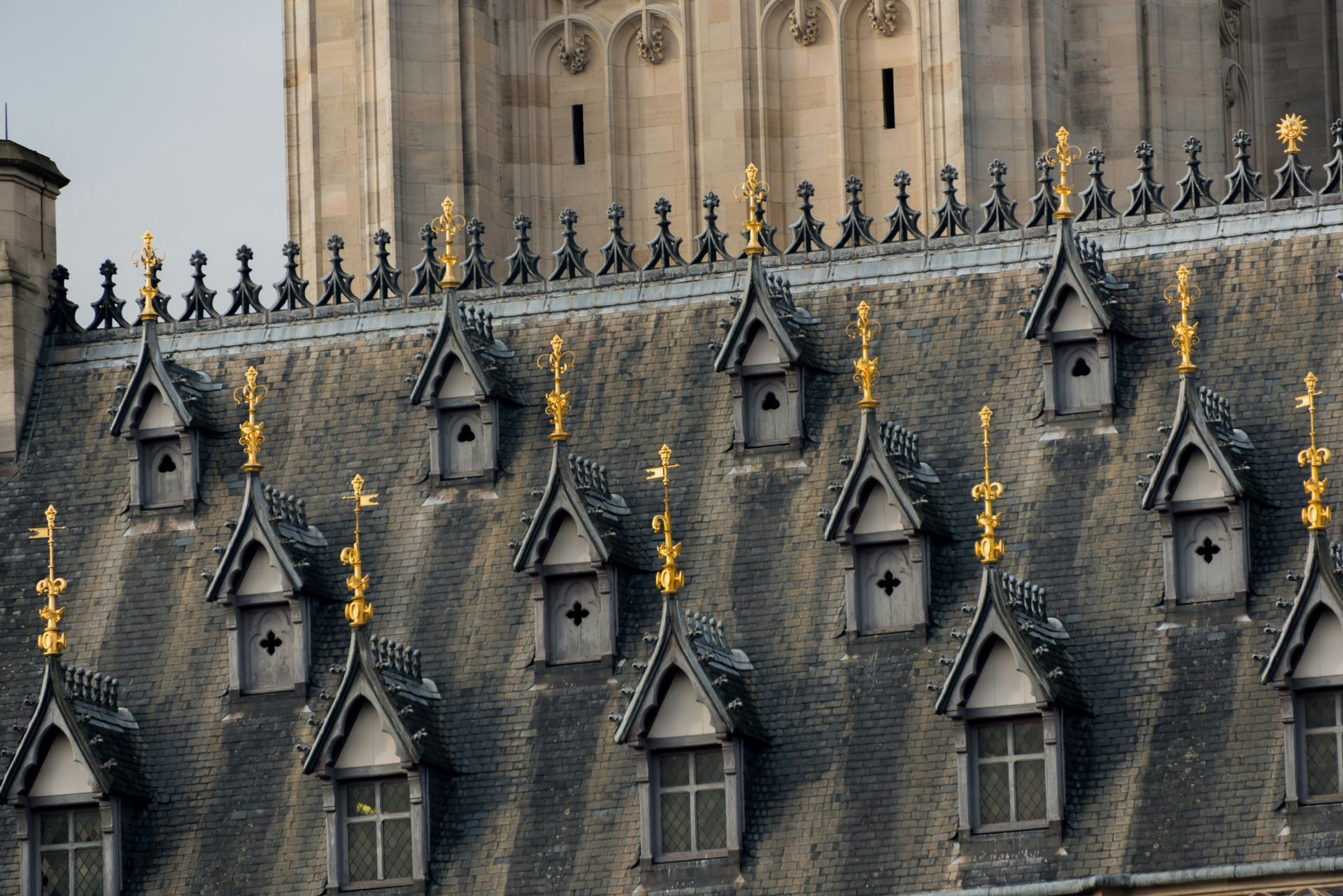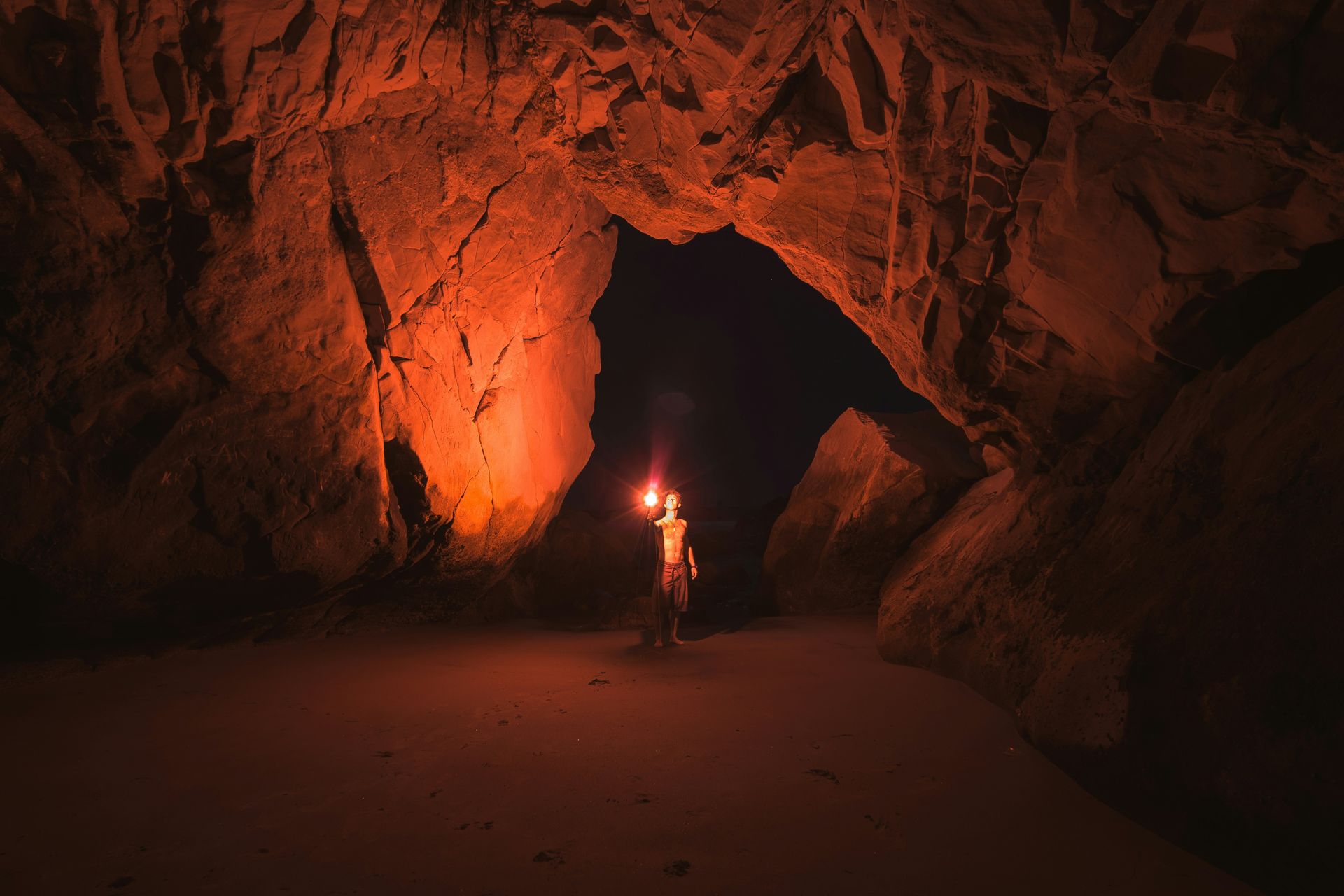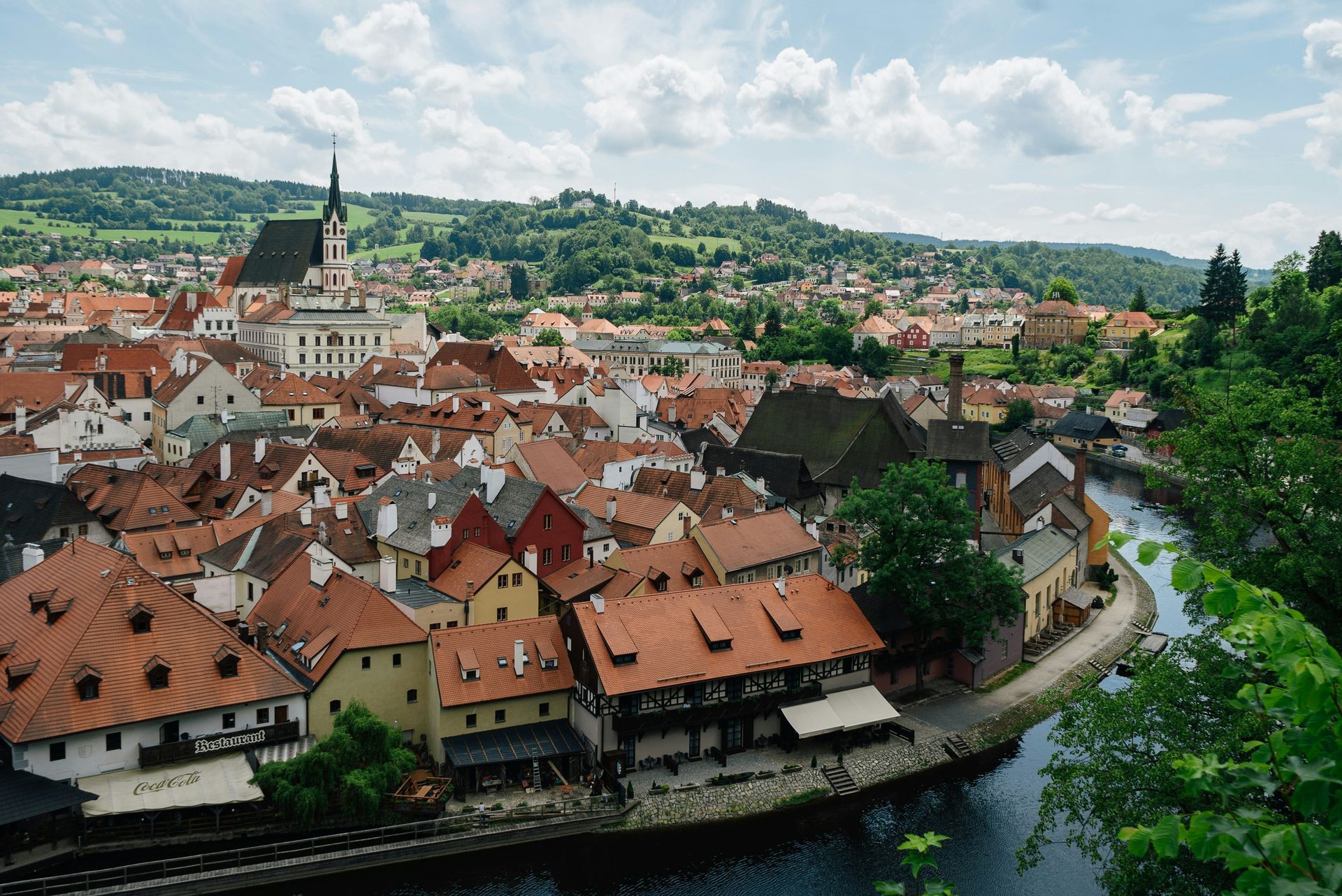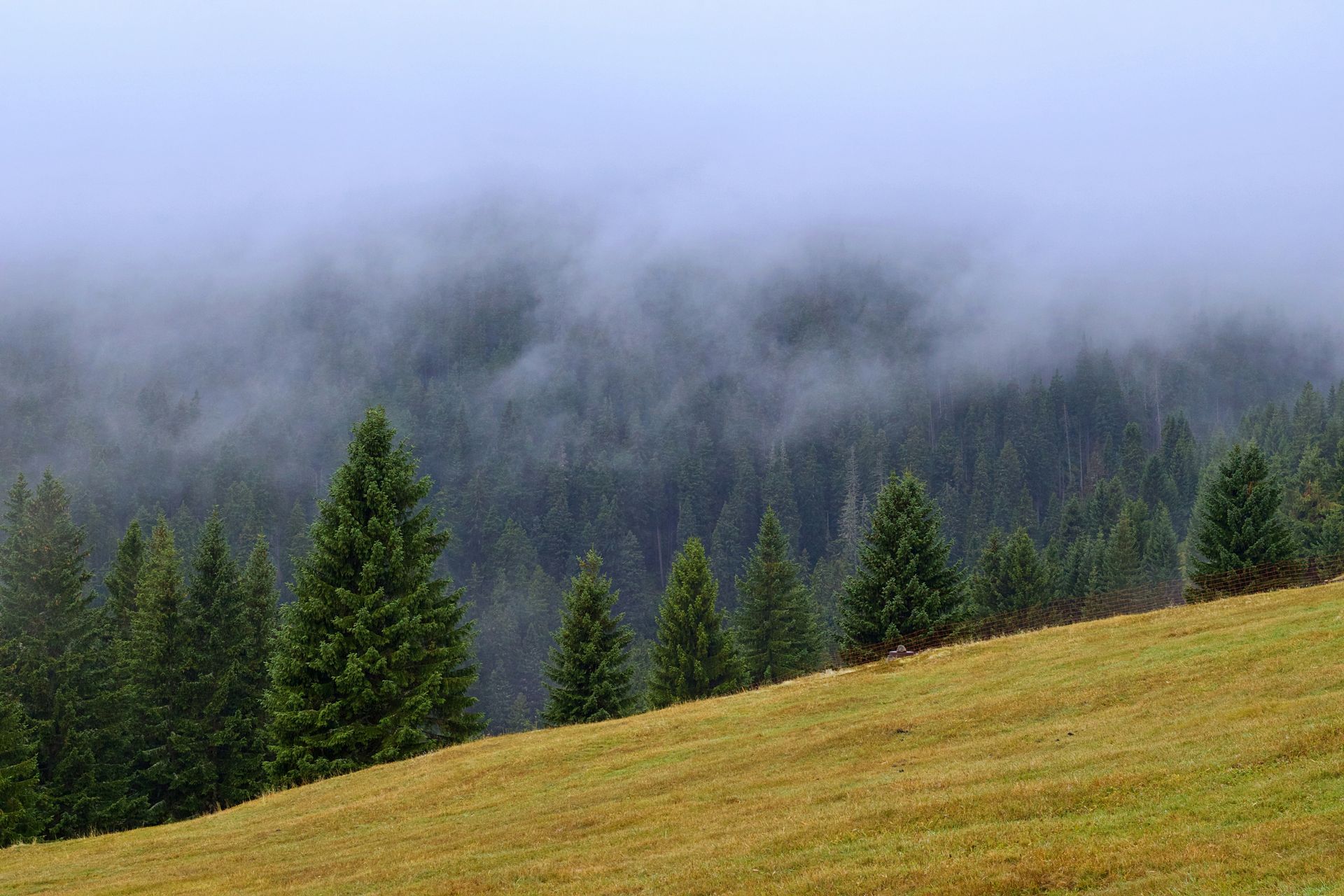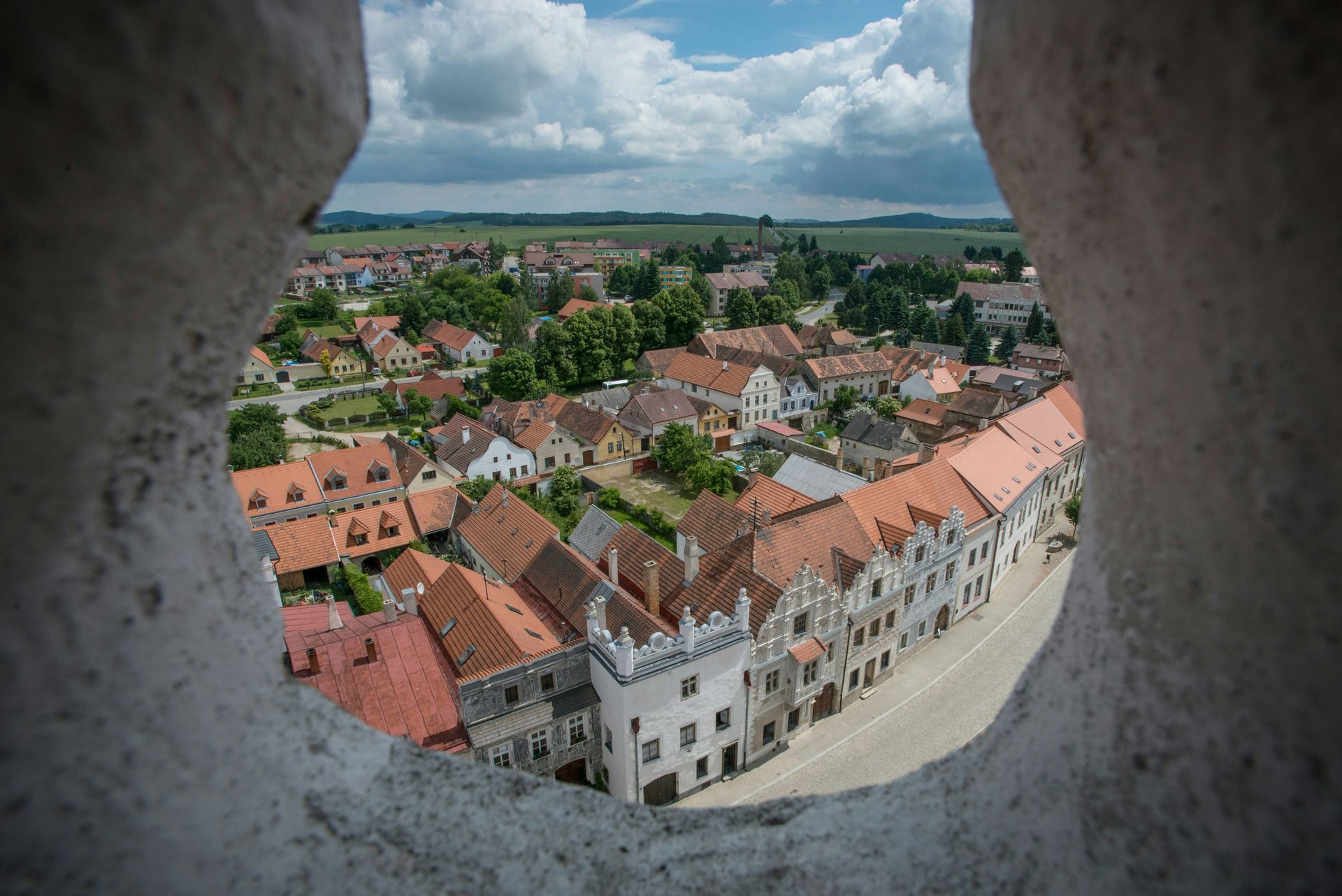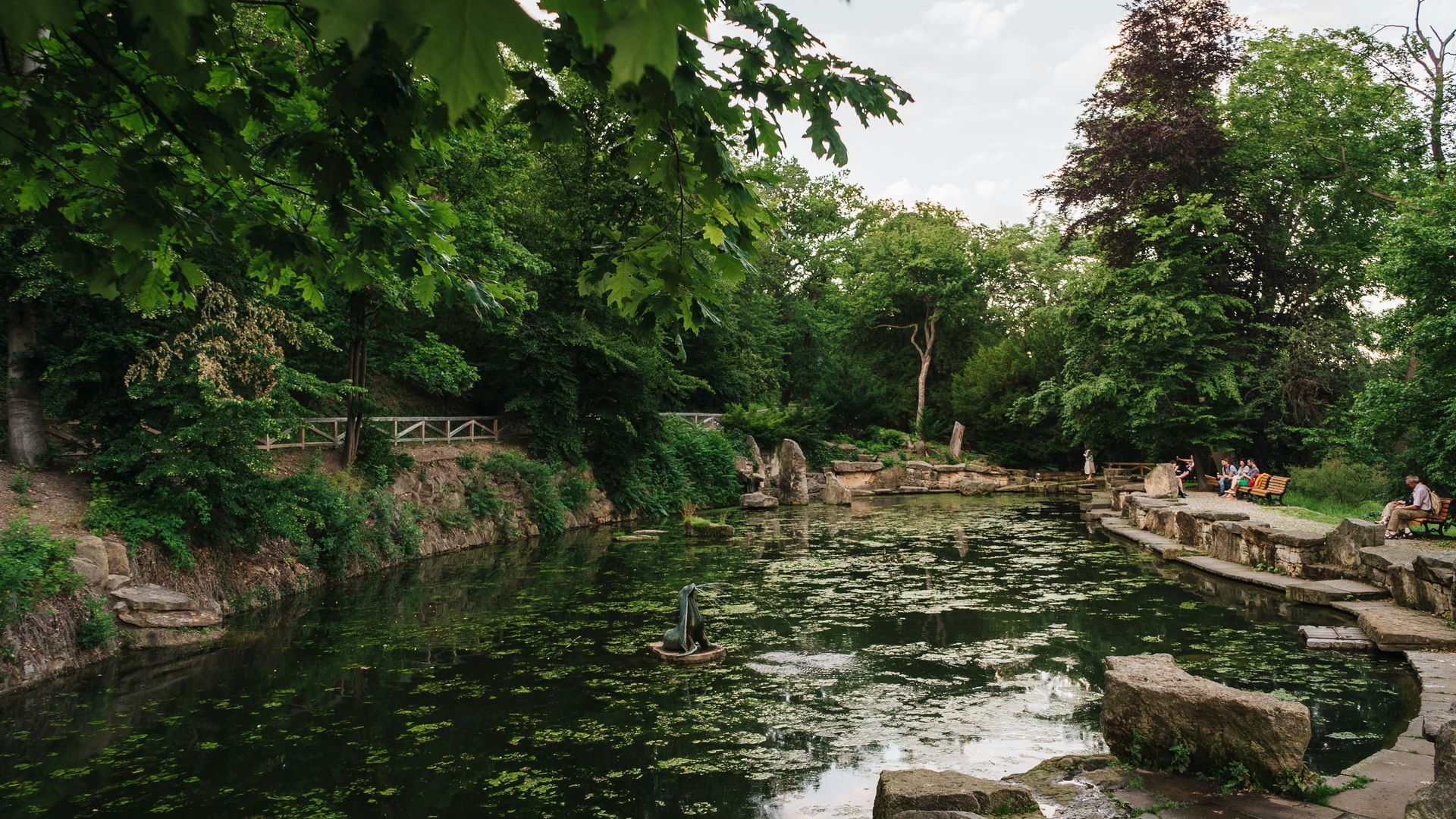Spreading Smile across the globe
Hidden Gems of Northern Italy
Hidden Gems of Italy are a testament to the country's diverse and enchanting beauty, often concealed from the traditional tourist routes. While Italy is celebrated for its iconic cities like Rome, Florence, Venice, and the Amalfi and Cinque Terre coasts, it's the lesser-known destinations that promise a unique journey. These unexplored regions offer travellers a chance to experience Italy's authentic culinary delights, rich historical narratives, and stunning natural landscapes. From the northern reaches to the southern shores, these Hidden Gems of Italy reveal a different facet of this remarkable nation.
Lake Orta - Piedmont
Hidden Gems of Italy come to life at Lake Orta, tucked away near the Swiss border in the heart of Piedmont. This hidden paradise often evades the spotlight compared to its more famous counterparts like Lake Como and Lake Garda. The historic town of Orta San Giulio, with its Baroque and Medieval architecture, cobbled streets, and idyllic Piazza Motta, enchants visitors. The glistening waters of the lake itself invite moments of serenity. What makes Lake Orta truly extraordinary is the mysterious island at its centre—a tranquil sanctuary inhabited by resident nuns.
Treviso - Veneto
Among the Hidden Gems of Italy, Treviso stands as a city in the Veneto region that retains its genuine northern Italian charm. Meandering through its narrow cobbled lanes, picturesque canals, and medieval city walls feels like a step back. Positioned on the fringes of the renowned Prosecco wine region, Treviso provides a delightful excuse for an aperitivo with a glass of Italy's renowned sparkling Prosecco.
Aosta Valley
Nestled among the bordering landscapes of Switzerland and France, the Aosta Valley showcases breathtaking alpine scenery, perched castles, and traditions that thrive throughout the year. When spring and summer arrive, the region's walking trails entice explorers. This season also brings lively festivals that celebrate folk traditions that date back to medieval times. Be sure to savour the local cheese Fontina, a culinary delight that embodies the spirit of this Hidden Gem of Italy.
Alba - Piedmont
Alba, a sought-after destination among Italy's hidden gems, is situated in the vineyards of the Langhe Hills. Once adorned with a hundred towers, Alba exudes a charming rural ambience. It's renowned for its autumn truffle festival, a gastronomic event that captures the essence of the region. Alba is also celebrated for its dark chocolate, hazelnut groves, white truffles, and prestigious wineries. It's from this very region that the sought-after Barolo wine originates.
Camogli - Liguria
Camogli, a typical and vibrant Italian seaside village on the Ligurian Riviera di Levante, perfectly embodies the spirit of the Hidden Gems of Italy. Towering, brightly painted houses dominate the town, and it has become a magnet for visitors seeking pristine beaches, Ligurian cuisine, the rustic fishing marina, Italian culture, and a tranquil natural setting. Camogli has earned its reputation for culinary excellence, focusing on fish and seafood, particularly anchovies and tuna, as well as the iconic pesto sauce made from basil and pine nuts.
Brescia - Lombardy
Hidden Gems of Italy often come alive through history, and Brescia is no exception. In this small city, history unfolds through a tapestry of architectural styles, spanning Roman, Medieval, Renaissance, Baroque, and even Art Deco. Walking through Brescia feels like a journey through time, and a visit to the captivating Piazza della Loggia, framed by a stunning Venetian-style palace at its heart, is a must for history enthusiasts.
Trieste
Trieste is a refreshingly unique destination, an Italian city positioned near the Slovenian border with its dialect that's a delightful blend of Austrian-German, Greek, Croatian, and Italian. Trieste's neoclassical waterfront is a sight to behold, with its marina brimming with stylish, glimmering yachts. The city's offerings include clear blue skies, expansive sandy beaches, city lidos, and the surrounding vineyards. Trieste is a Hidden Gem of Italy that belongs on every traveller's Northern Italian itinerary.
Modena - Emilia-Romagna
Modena is famed for its Hidden Gems of Italy, including balsamic vinegar, Luciano Pavarotti, the Romanesque cathedral, and the nearby Ferrari museum. Beyond these illustrious attractions, Modena reveals a treasure trove of remarkable restaurants. Massimo Bottura's Osteria Francescana has twice earned a place among the world's top 50 eateries, showcasing the culinary excellence of this Hidden Gem. While in Modena, don't miss the chance to savour local specialities like stuffed tortellini and sparkling Lambrusco wine, the perfect complement to your gastronomic journey.
Chiusa / Klausen - South Tyrol
Chiusa, also known as Klausen, is one of Italy's most picturesque villages. It is situated on the banks of the Isarco River in the South Tyrolean region near the Austrian border. Chestnut groves, green fields, vineyards, and farmsteads surround the town. In the village itself, visitors are captivated by narrow alleyways, coats of arms, large bay windows, crenellated facades, and the two main squares.
Ravenna - Emilia-Romagna
Ravenna offers a treasure trove of experiences among the Hidden Gems of Italy. This city is a feast for the senses, with its diverse offerings of food, music, art, culture, history, beaches, wine, and mosaics. Ravenna is home to eight UNESCO-listed sites, making it a must-visit for history and art enthusiasts. It's also known for its two-month-long music festival, Dante Alighieri's tomb, local culinary delights, nearby beach resorts, and the opportunity to explore pinewood forests. The city's fame is derived from its stunning mosaics, dating from the fifth and sixth centuries, scattered throughout the town.
In conclusion, Italy's Hidden Gems invite you to embark on a journey less travelled, where the rich tapestry of history, diverse cuisine, and breathtaking landscapes come to life. These lesser-known destinations provide an authentic Italian experience, away from the bustling crowds, revealing the nation's soul in its purest form. Explore these Hidden Gems to uncover Italy's hidden treasures.
Hidden Gems of Central Italy
Hidden Gems of Italy beckon the adventurous traveller to explore the lesser-known treasures that this remarkable country holds. From the picturesque valleys of Tuscany to the medieval charm of Umbria, the mysterious landscapes of Molise, and the architectural wonders of San Gimignano, these destinations promise unforgettable experiences.
Garfagnana - Tuscany
The Garfagnana region is a hidden gem in the beautiful Tuscan valley north of Lucca. It is crossed by the Serchio River, and the landscape is characterized by fertile greenery, rugged mountains, and charming villages. Outdoor activities such as hiking, walking, and mountain biking are enjoyed by many people in this area. Garfagnana is home to several one-of-a-kind attractions, including a ghost town, a wind cave, and the Devil's Bridge at Borgo a Mozzano.
Gubbio - Umbria
Umbria hides many treasures, and a particular favourite among Hidden Gems of Italy is the Medieval hilltop town of Gubbio. Gubbio, a city with a history dating back over 2,000 years, is a maze of cobbled streets and stone buildings that have been perfectly preserved. Visitors can take a cable car to the summit of Mount Ingino to enjoy panoramic views of the surrounding area. In addition, Gubbio hosts Italy's oldest event, the Corsa dei Ceri, in which teams race through the streets carrying massive wooden candles.
Molise
Molise is Italy's second-smallest region and one of its best-kept secrets. Hidden Gems of Italy are plentiful here. The picturesque town of Agnone is renowned for its artisanal bells, produced by the oldest family-run bell foundry in the world. Meanwhile, Campobasso, the regional capital, boasts a stunning medieval old town. Molise offers a captivating mix of historical charm and natural beauty, with rugged mountains, rolling hills, and pristine beaches along the Adriatic coast.
San Gimignano - Tuscany
Nestled in the heart of Tuscany, San Gimignano boasts medieval architecture and, of course, its famous towers. The town's historic centre is a UNESCO World Heritage site, known for its fourteen stone towers that once symbolised wealth and power. San Gimignano offers a glimpse into medieval Tuscany, with well-preserved streets and squares that transport visitors to another time. Besides the towers, make sure to explore the Collegiate Church and indulge in the local Vernaccia wine, a crisp white wine produced in the region.
Spello - Umbria
Another gem in the heart of Italy, Spello enchants visitors with its winding medieval streets and stunning floral displays. Known as the "Città Infiorata" or "flower town," Spello hosts the Infiorata festival, during which the streets are carpeted with intricate flower petal designs. This event occurs in early June and is a magnificent spectacle. Outside of the festival, Spello's charm continues with its well-preserved historic centre and beautiful churches.
Trulli of Alberobello - Apulia
Apulia, or Puglia, is famous for its unique trulli houses, and Alberobello is the epicentre of this architectural marvel. These whitewashed conical homes are a UNESCO World Heritage Site that offers a glimpse into the region's history. Visitors can even stay in trulli that have been converted into accommodations, providing a truly immersive experience.
Norcia - Umbria
Nestled in the Sibillini Mountains, Norcia is renowned for its gastronomy. This charming town produces exceptional cured meats, particularly prosciutto and salami. For food enthusiasts, Norcia is a true Hidden Gem of Italy. Explore local shops, taste the region's specialities, and visit the beautiful town square. Nature enthusiasts will also find hiking trails and natural beauty in the nearby Monti Sibillini National Park.
Montefalco - Umbria
Montefalco is often called the "Balcony of Umbria" for its stunning views over the surrounding valley. This charming town is also known for its wine, particularly Sagrantino, one of Italy's most robust red wines. Montefalco's medieval centre is picturesque and hosts several churches with remarkable frescoes, making it a cultural and gastronomic gem.
Castelluccio di Norcia - Umbria
High in the Sibillini Mountains, Castelluccio di Norcia is a quaint village known for its stunning wildflower blooms in late spring and early summer. The surrounding plateau becomes a colourful tapestry, attracting photographers and nature enthusiasts. Besides the flowers, visitors can enjoy hiking and take in the breathtaking scenery. Hidden Gems of Italy like Castelluccio di Norcia provide a unique connection to nature and the changing seasons.
In the heart of Italy, a treasury of Hidden Gems awaits the intrepid traveller. From the mysterious ghost town of Garfagnana to the ancient charms of Gubbio, the enchanting landscapes of Molise, and the medieval splendours of San Gimignano, these lesser-known destinations reveal Italy's diverse beauty and rich history. Journey through the tranquil streets of Spello, marvel at the unique trulli houses in Alberobello, savour the culinary delights of Norcia, and bask in the vibrant blooms of Castelluccio di Norcia. These Hidden Gems of Italy promise an unforgettable adventure in a land of timeless wonder.
Hidden Gems of Southern Italy
Italy, a land of rich history, captivating art, and exquisite cuisine, is known for its iconic cities and world-famous landmarks. Despite the tourist-filled streets and crowded piazzas, the country holds many hidden gems—lesser-known destinations that offer a more intimate and authentic experience. These places, tucked away in various corners of Italy, are a testament to the nation's diverse and enchanting beauty, waiting to be explored by the discerning traveller. From medieval towns perched atop hills to charming coastal villages and ancient archaeological sites, the Hidden Gems of Italy promise unique adventures and unforgettable memories.
Civita di Bagnoregio - Lazio
Civita di Bagnoregio is often called the "Dying Town" because of its gradual erosion over the centuries. This medieval village is perched on a hilltop and can only be reached by a long footbridge. It's a unique destination, seemingly suspended in time, and is the perfect Hidden Gem for history buffs and photographers.
Matera - Basilicata
Matera, known for its cave dwellings, is one of Italy's most intriguing and unique destinations. The Sassi di Matera, a historic cave settlement, is a UNESCO World Heritage Site. Matera is gaining popularity but still qualifies as one of the Hidden Gems of Italy. Touring this labyrinth of stone-carved rooms and narrow streets offers an incredible historical journey.
Sperlonga - Lazio
Sperlonga is a charming coastal town characterized by its pristine beaches, winding alleys, and picturesque piazzas. Nestled between Rome and Naples, Sperlonga is often overlooked by travellers. A visit here reveals a relaxed and authentic Italian atmosphere, perfect for strolls and seaside relaxation. Take advantage of the Grotto of Tiberius, a cave once used as the emperor's villa and now a museum.
Paestum - Campania
The ancient ruins of Paestum, originally a Greek colony known as Poseidonia, provide an extraordinary window into Italy's history. The temples are exceptionally well-preserved, ranking among the best-preserved in the world. Paestum is also home to a fascinating archaeological museum that displays artefacts from the site. Enjoy a step back in time amid the Hidden Gems of Italy.
Castro - Apulia
Castro, a picturesque coastal town, boasts a historic centre perched on a rocky outcrop. Visitors can explore ancient churches, fortifications, and a charming harbour. Castro also has sea caves that can be explored by boat. The region's cuisine is a seafood lover's paradise, making this town a Hidden Gem for food enthusiasts as well.
Scilla - Calabria
Scilla, an idyllic coastal village in Calabria, offers stunning sea views and hidden beaches. The town is known for the Ruffo Castle, which dominates the landscape, and the legendary sea monster Scylla from Greek mythology. The charming village is a serene and lesser-known alternative to some of the more crowded Italian seaside destinations.
San Marino
San Marino is a microstate surrounded by Italy and is one of the world's oldest republics. It's a destination that's often missed, making it a true Hidden Gem. San Marino boasts dramatic mountaintop views, historic architecture, and unique attractions like the Guaita Tower and the Palazzo Pubblico. For collectors, the country is also known for its beautiful stamps and coins.
Conclusion
Discovering the Allure of Hidden Gems of Italy
Hidden Gems of Italy offers travellers an authentic experience, far removed from the tourist-packed cities and famous landmarks. These lesser-known destinations unravel the genuine charm, culture, history, and culinary wonders that make Italy an endlessly fascinating country to explore. From the mountains of the North to the coasts of the South, each region holds its treasures, waiting to be discovered by those who venture off the beaten path. By exploring the Hidden Gems of Italy, you can craft a unique and unforgettable journey that deepens your appreciation of this incredible country. Plan your trip carefully, and you will be rewarded with the beauty, history, and flavours that characterize these enchanting places.
Czech Republic:
A Land of Castles, Caves, and Culture
The Czech Republic, often known for its enchanting capital, Prague, is filled with remarkable places that capture the essence of European history, stunning landscapes, and rich culture. If you’re seeking things to do in Czech Republic, you’ll find that this country offers a diverse tapestry of experiences that stretch well beyond the cityscape. From exploring age-old castles that reveal tales of nobility to wandering through hidden caves that showcase the Czech Republic’s geological wonders, there is a unique experience waiting for every kind of traveler.
Adventure seekers can descend into the mystical Moravian Karst, with its vast networks of limestone caves and iconic Macocha Abyss, while history buffs can explore medieval fortresses like Karlštejn Castle. Those craving cultural immersion will find vibrant festivals, traditional art, and cuisine that speaks to the Czech Republic’s heritage. Even the local beer culture, deeply rooted and world-renowned, invites travelers to connect with the local spirit of hospitality. Whether you’re drawn to majestic castles, ancient caves, or the colorful traditions of Czech towns and villages, there are countless things to do in the Czech Republic that will make your journey unforgettable.
Castles: Majestic Symbols of Czech Heritage
Exploring the Czech Republic’s castles is one of the most enriching things to do in Czech Republic, offering an incredible glimpse into the nation’s storied past. With over 2,000 castles, chateaus, and fortresses spread across the country, visitors are spoiled for choice when it comes to discovering these iconic historic sites. Each castle tells its own story, often filled with legends of noble families, medieval battles, and centuries of shifting power. Highlights include Karlštejn Castle, renowned for its Gothic grandeur and rich history. Nestled in the forested hills southwest of Prague, it once safeguarded the crown jewels of the Holy Roman Empire, and today, its imposing structure captivates travelers with its beauty and historical significance.
Prague Castle is another unmissable stop, celebrated as one of the largest ancient castles globally and a testament to the Czech Republic's cultural and political heritage. Dating back to the 9th century, this vast complex includes the magnificent St. Vitus Cathedral, ancient palaces, and historic courtyards. Venturing beyond popular sites reveals even more treasures, like Loket Castle, perched dramatically above the Ohře River. Its more secluded, intimate setting makes it one of the most unique things to do in Czech Republic, transporting visitors back to a time of medieval intrigue and quiet splendor amidst untouched landscapes.
Czech Republic Caves: A Subterranean Wonderland
Among the most fascinating things to do in Czech Republic are the country's captivating cave systems, each offering a glimpse into a mystical underground world. The Moravian Karst, a vast protected area near Brno, is home to a network of limestone caves, deep gorges, and an underground river. This region is celebrated as one of Central Europe’s most impressive cave systems, drawing nature lovers and explorers alike. Highlights include the Punkva Caves, where visitors can descend into the awe-inspiring Macocha Abyss, a 138-meter-deep sinkhole surrounded by lush vegetation. The Punkva Caves tour combines both walking paths and a boat journey along the Punkva River, allowing travelers to marvel at spectacular stalactites, stalagmites, and grand caverns.
Other noteworthy sites include the Koněprusy Caves near Beroun, known for their intricate calcite formations that resemble chandeliers. These ancient caves contain some of the oldest formations in the Czech Republic, offering a surreal experience for geology enthusiasts. For history buffs, the Bozkov Dolomite Caves in northern Bohemia reveal not only stunning geological structures but also traces of early human activity. Exploring these caves is an unforgettable experience, adding yet another layer to the wealth of things to do in Czech Republic.
A Deep-Rooted Cultural Legacy
Among the top things to do in Czech Republic is immersing oneself in its rich cultural tapestry, woven through every town, city, and village. The Czech Republic’s deep musical heritage, especially in classical music, is celebrated around the globe, with towns like Český Krumlov and Kutná Hora standing as UNESCO-listed gems. These historic towns are like open-air museums, where visitors stroll along centuries-old cobblestone streets, admire meticulously preserved architecture, and witness artisans keeping traditional crafts alive. Festivals, medieval fairs, and live reenactments invite visitors to step into the past and experience Czech customs and arts firsthand.
Czech cuisine is equally enticing, blending hearty Central European flavors with regional touches. Traditional dishes like svíčková (a creamy marinated sirloin) and trdelník (a sweet, spiral pastry) offer a delicious introduction to local flavors. In the countryside, farmers' markets present a bounty of local produce, cheeses, and freshly baked goods, creating an authentic culinary experience. A must-try is Czech beer, famous worldwide and hailed for its quality and flavor. Breweries, particularly in Plzeň, welcome visitors for tastings, making a Czech beer tour one of the most iconic things to do in Czech Republic.
Nature and Outdoor Adventures
Exploring the outdoors is one of the top things to do in Czech Republic, where diverse landscapes offer a wealth of adventures. From the majestic Giant Mountains (Krkonoše) to the enchanting Bohemian Switzerland National Park, the country invites nature enthusiasts to discover its scenic trails, dense forests, and remarkable geological formations. In Bohemian Switzerland, sandstone formations rise dramatically, with the renowned Pravčická Gate—the largest natural sandstone arch in Europe—drawing in hikers and photographers alike. This region is perfect for those who want a retreat from city life and a deep connection with nature.
Further south, Šumava National Park unfolds as a sprawling wilderness filled with forests, rivers, and lakes. Visitors can enjoy activities like kayaking, bird-watching, or simply soaking in the park's tranquil atmosphere. In the countryside of Moravia, vineyards stretch across rolling hills, offering wine lovers a chance to tour local wineries and sample the region’s celebrated wines. The Czech Republic’s natural landscapes cater to all interests, from high-energy adventures to peaceful countryside retreats, making nature excursions one of the most rewarding things to do in Czech Republic.
Unveiling Czech Republic’s Hidden Gems
While Prague is often the go-to destination, there are countless other things to do in Czech Republic that unveil the country’s rich tapestry of culture and history. Take Telč, for example, where a beautiful Renaissance square with pastel-colored facades creates a postcard-perfect setting, or visit Litomyšl, the birthplace of renowned composer Bedřich Smetana, where history and the arts intertwine. In Kroměříž, visitors can wander UNESCO-listed gardens and one of the oldest libraries in the country, a sanctuary for history lovers. Znojmo, with its ancient churches, medieval fortifications, and nearby wine region, is another standout, offering a blend of history and local flavor.
To dive even deeper, villages like Holašovice, known for its well-preserved folk architecture, and the peaceful Vyšší Brod Monastery, allow visitors to experience the roots of Czech culture in an authentic way. Each destination contributes a unique element to the broader picture of the Czech Republic, turning the country into a captivating mosaic of history, art, and tradition. For anyone seeking to discover more than the usual sights, these hidden gems offer some of the most rewarding things to do in Czech Republic.
Embrace the Adventure
Whether you’re an avid traveler or a curious explorer, there are endless things to do in Czech Republic, from discovering majestic castles to delving into mysterious caves and immersing yourself in vibrant culture. By venturing beyond the well-known destinations, you’ll uncover layers of history and natural beauty that make every visit more rewarding. The Czech Republic’s castles tell stories of centuries-old nobility, while its caves, like those in the Moravian Karst, reveal nature’s timeless artistry with their intricate formations and vast underground rivers.
Each experience reflects the country’s cultural richness, from Renaissance squares in small towns to folklore traditions alive in rural villages. Embrace the journey, exploring these varied landscapes, as this land of stories leaves a lasting impression on all who visit. The true spirit of the Czech Republic lies in its diversity, and there’s no shortage of unique, captivating things to do that will keep travelers coming back for more.
Conclusion: Embrace the Spirit of Czech Republic’s Wonders
The Czech Republic is a captivating destination that goes far beyond its famous landmarks, offering visitors a diverse array of experiences that merge history, nature, and vibrant culture. When searching for things to do in Czech Republic, travelers find an endless list of adventures—from exploring medieval castles and ancient monasteries to navigating the mystical cave systems of Moravian Karst. Each region invites you to uncover a different facet of the country’s heritage, revealing layers of art, architecture, and folklore that have shaped Czech identity.
Beyond the well-trodden paths, hidden gems like the serene villages of Telč and Holašovice or the vineyards of Moravia provide memorable glimpses into local life, showcasing the warmth and hospitality that make every visit truly special. Whether you’re wandering the cobblestone streets of historic towns or savoring Czech cuisine and world-famous beer, the Czech Republic offers something for everyone. Its blend of natural beauty, cultural depth, and historic intrigue ensures that each journey is both enriching and unique. As you venture through this remarkable country, you’ll leave with a deeper appreciation for its enduring charm and countless reasons to return.
Things To Do | Travel Information | Local's Favourites

